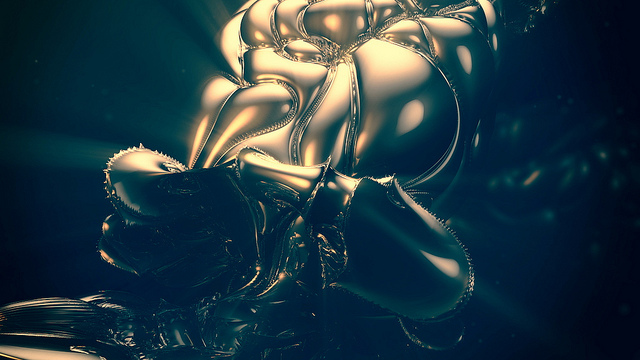Celestial Cartographies: Three Artists Mapping Inner Worlds
Can any artistic practice truly be independent? Perhaps no – only multi-layered, immeasurably-macro / immeasurably-micro, whirling, intertwining expressions of human experience. And if art is inevitably an expression of these complex interconnections, why not embrace this multiplicity fully? After all, if one of an artist's greatest powers lies in their ability to create worlds with their own rules and characters, why not transform art criticism into incantation?
Mila Rosha, the House of Time
In what we might call the House of Time (though perhaps time itself is merely our limited way of perceiving something far more casual and informal), we find Mila Rosha. Her practice moves like Mercury in retrograde between past and present, though these temporal distinctions might themselves be innocent illusions. Through illustrations and embroidery, she creates portals where gothic aesthetics meets contemporary melancholy – each stitching a point in an infinite matrix of historical consciousness, each ink stroke a thread in the cosmic web of memory. Like a bridge suspended between centuries, her art exists in a liminal space where temporal boundaries dissolve – one can never quite tell whether they're looking at something ancient or contemporary, as if time itself has become fluid beneath her pen.
This becomes strikingly apparent in her monochromatic drawings, where elegant hands adorned with rings and bracelets hold upside-down bats, creating an unexpected marriage between Victorian refinement and the nocturnal. Her portrait of Aubrey, framed by Art Nouveau-inspired floral patterns, further blurs the boundaries between epochs - the subject's penetrating gaze and sharp features seem to transcend temporal constraints, while the decorative elements whisper of bygone aesthetic sensibilities. The darkness in her works isn't the absence of light but rather its mysterious companion, creating shadows where different eras meet and converse. Or perhaps it's we who are the shadows, and her works the reality?
Aleksei Krylov, the House of Universal Language
Aleksei Krylov occupies what appears to be the House of Universal Language (though what do we really mean by 'universal' in an infinitely layered reality?). His work, like Jupiter's gravitational pull, seeks to draw people together through visual frequencies that transcend verbal communication. This quest manifests in his mesmerizing circular compositions where text transforms into pure visual rhythm – repeating phrases "What is play" spiral and flow, creating hypnotic patterns that pulse with chromatic variations. Each iteration of the design, bathed in different monochromatic hues – from cool blues to warm oranges, ethereal purples to vibrant greens – suggests a different emotional frequency, as if the same message is being transmitted across multiple dimensions of human consciousness. There's something beautifully futile yet necessary in this attempt to create connection in a universe where everything is already infinitely connected, infinitely causing and being caused. Each piece becomes another step in an infinite spiral of artistic growth – though perhaps growth itself is just another of our comfortable illusions, a way to make sense of endless transformation.
Aleksei Krylov “Power of Play”, 2023
Olga Kuznetsova, the House of Migration
In the House of Migration (or the house itself could migrate, if we are referring to more than just the physical space?), Olga Kuznetsova's work embodies the lunar pull between belonging and displacement. Her paintings pulse with vivid emotional intensity – from surreal garden scenes where masked suns watch over reclining figures amidst turquoise dreamscapes, to abstract compositions where ghostly white eyes pierce through layers of crimson and teal, to haunting portraits with crosses obscuring vision and mint-green flesh tones that suggest both alienation and transformation. Like the moon's influence on Earth's tides, her practice ebbs and flows between personal trauma and universal experience – though the distinction between personal and universal is another of our innocent misconceptions. Her emotional landscapes map territories that might be vast as galaxies or small as quantum fluctuations – scale itself becoming another of our necessary illusions. Through bold brushstrokes and intuitive color choices, she creates spaces where the familiar becomes strange and the strange becomes intimate. The feeling of being unmoored in vast systems might just be the natural state of all things.
In this moment of global uncertainty (though when was certainty ever more than an illusion?), when our collective sense of place and time seems increasingly fluid, these artistic navigators become essential guides. The artworks could serve as celestial maps (and who can judge us if we choose this way of being), helping us locate ourselves in the vast expanse of human experience, even as we question whether the location is possible or meaningful (in an infinitely interconnected universe).
And of course, these words too are part of attempting to describe what might be indescribable, to map what might be unmappable. Yet we continue, because what else can we do but dance our part in this cosmic choreography of meaning-making?












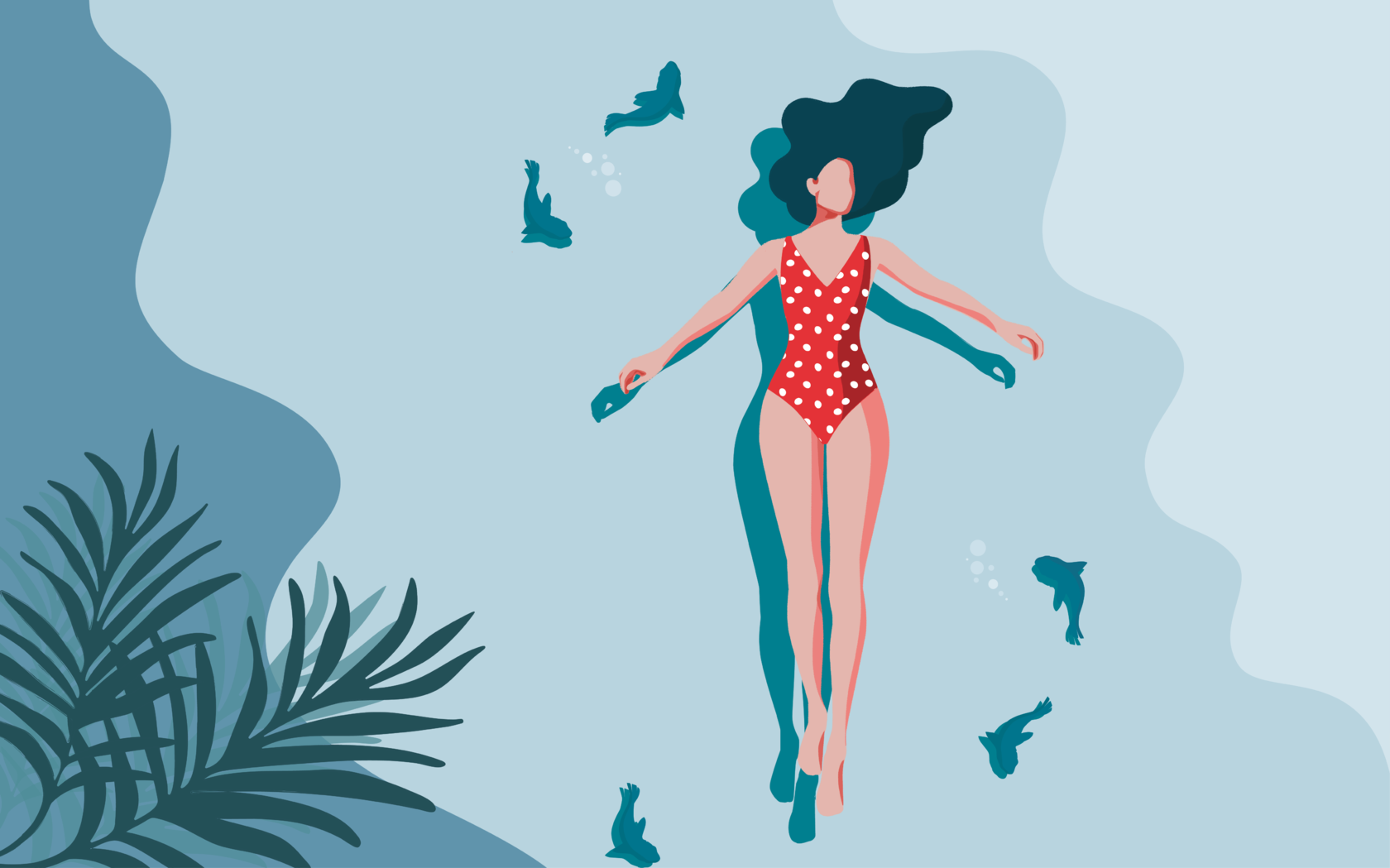
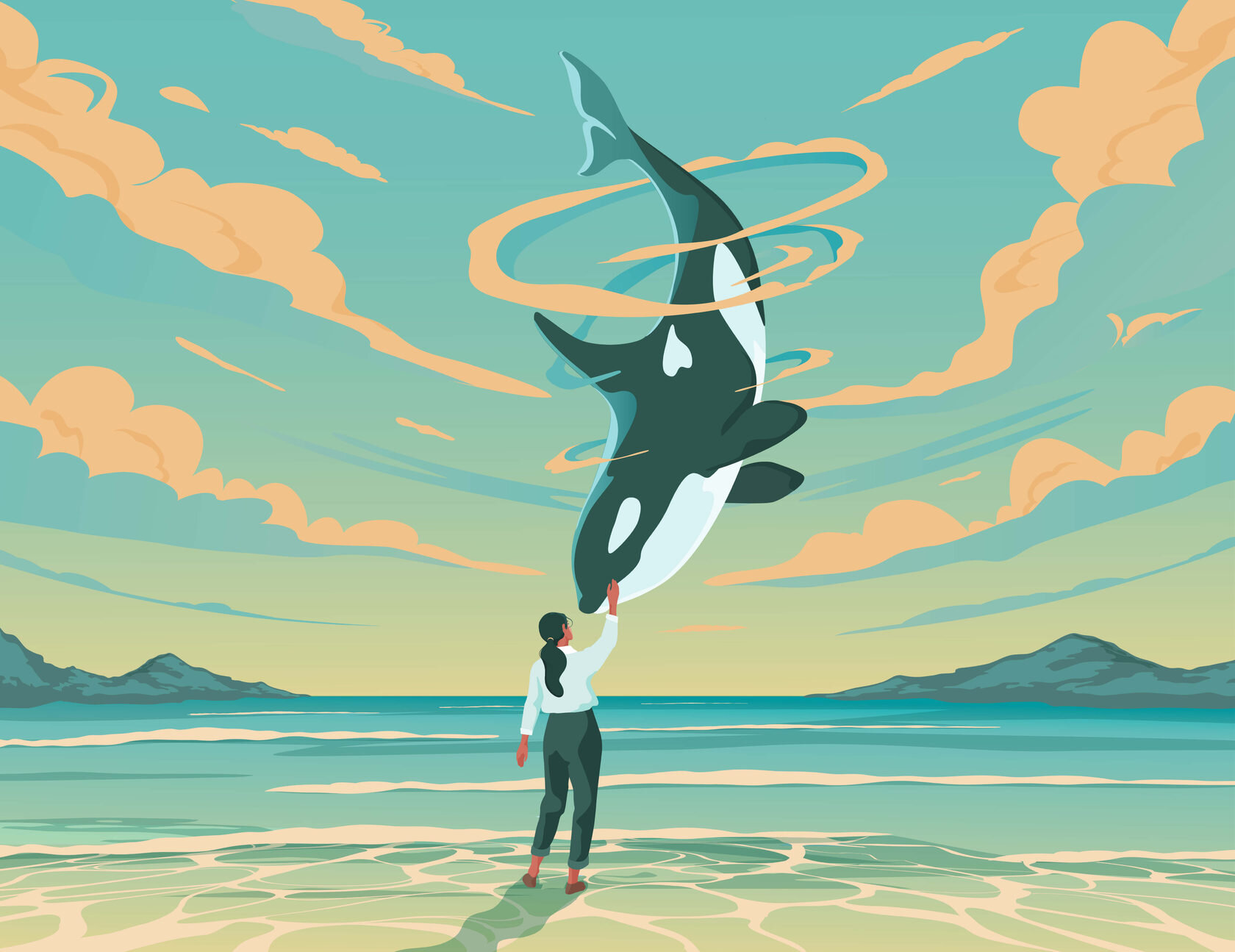
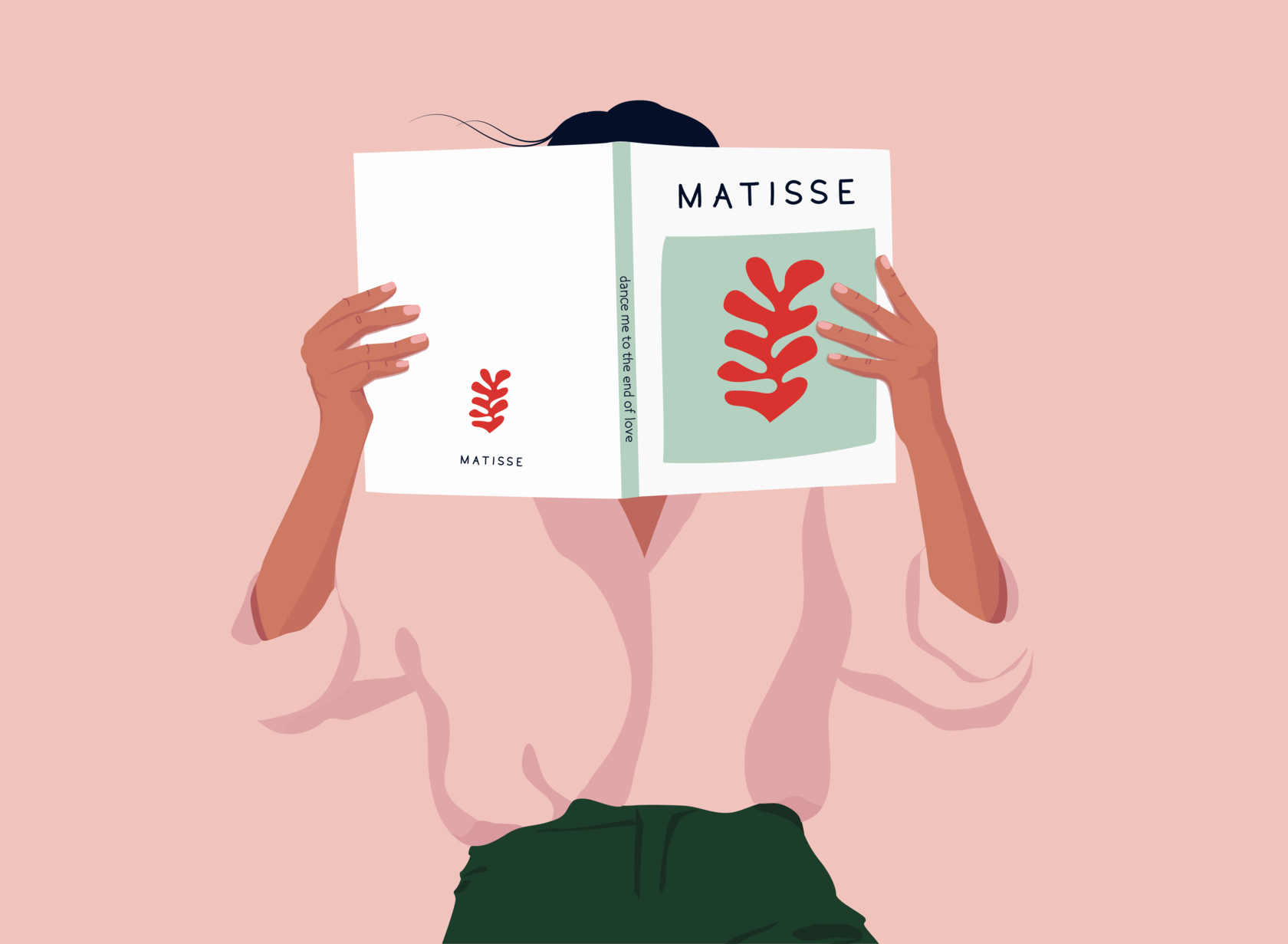
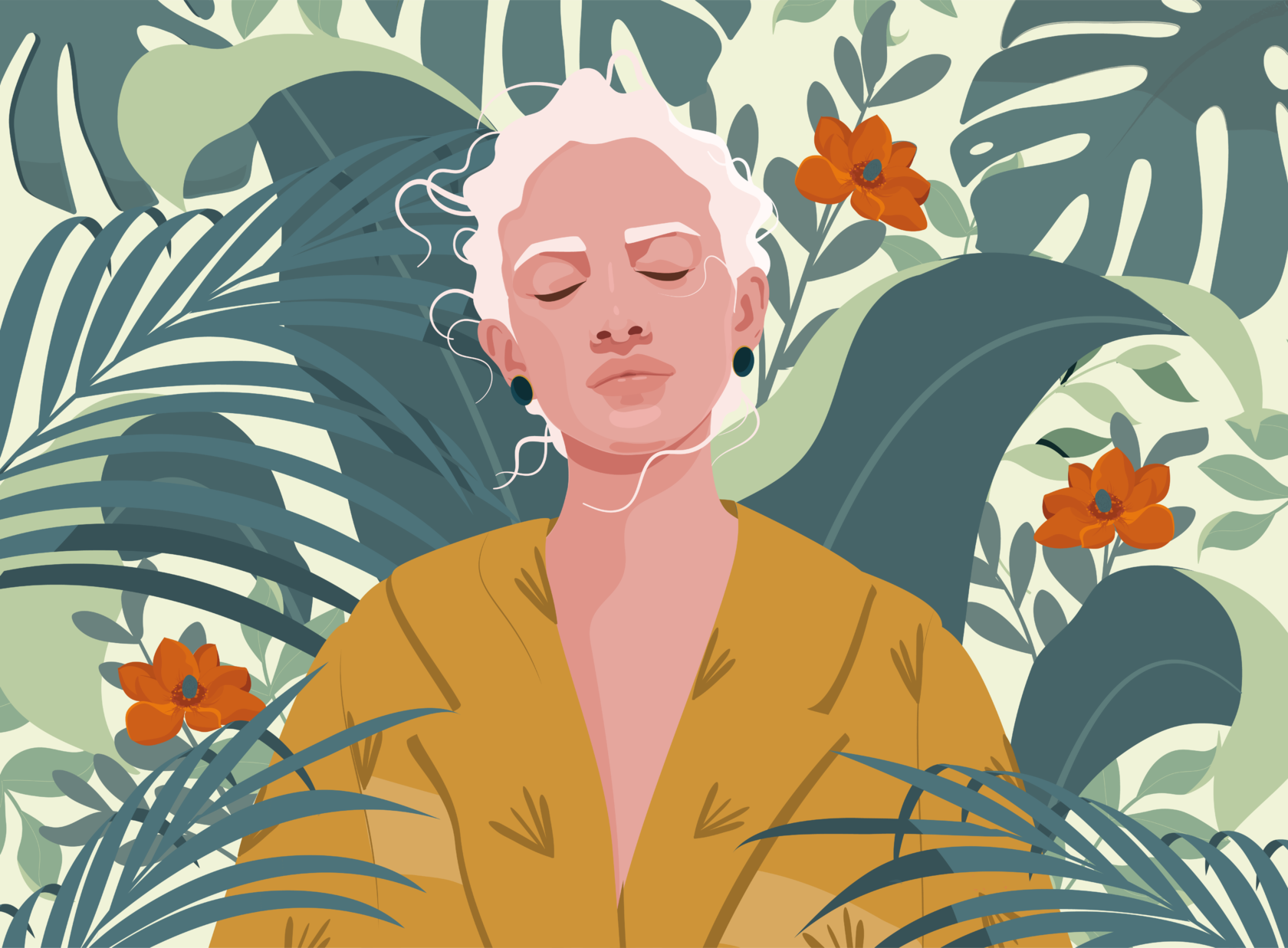
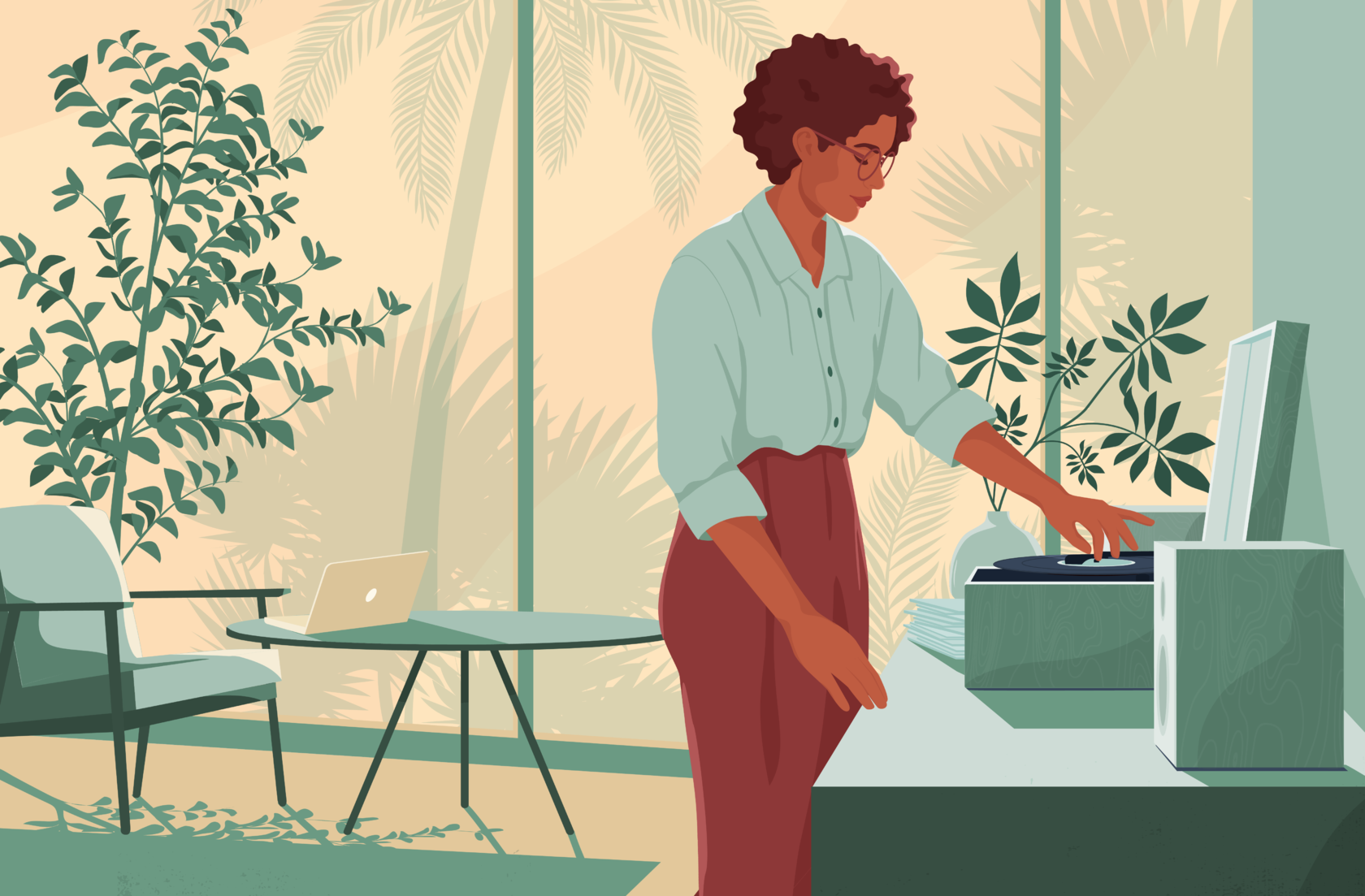
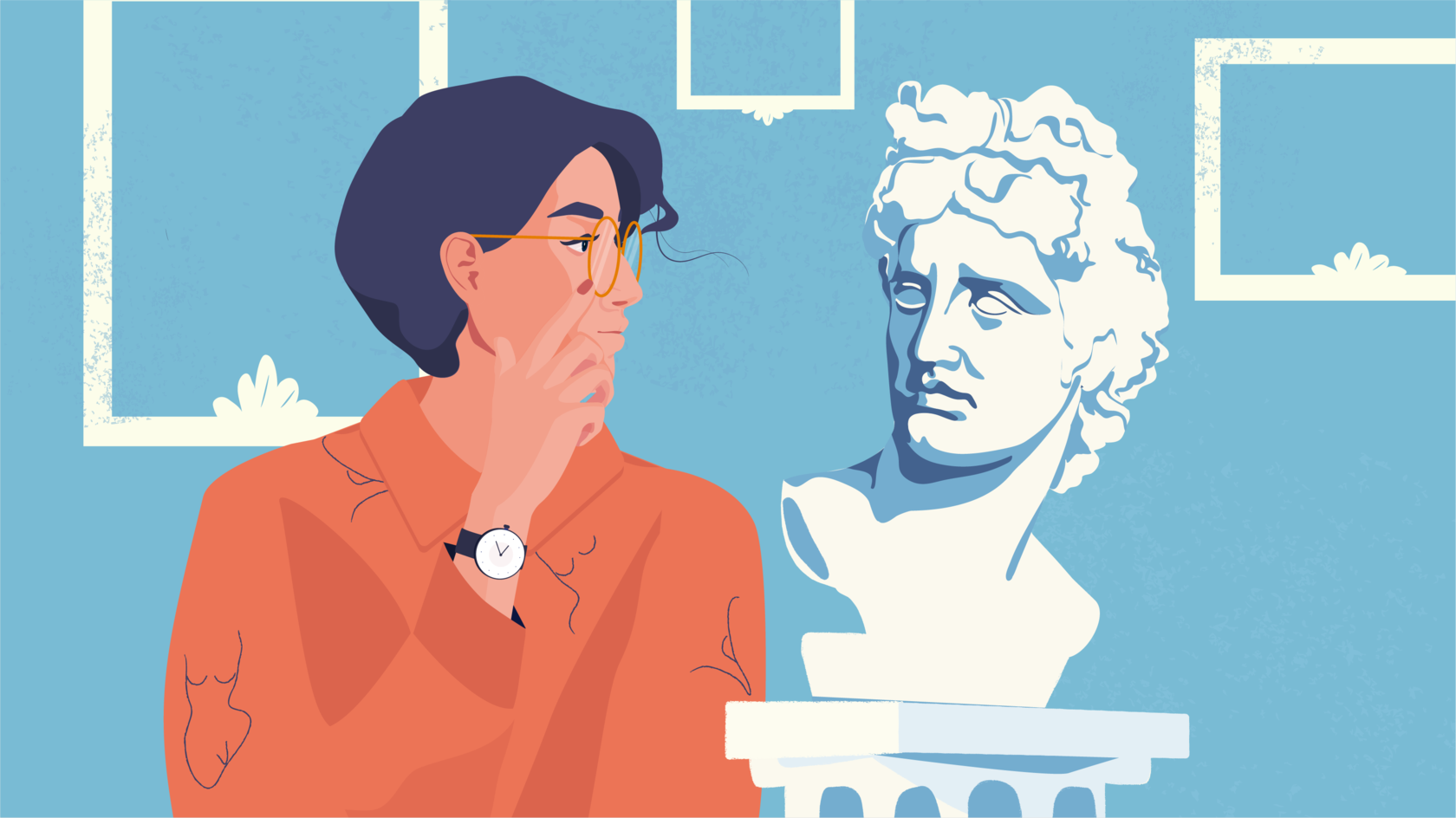








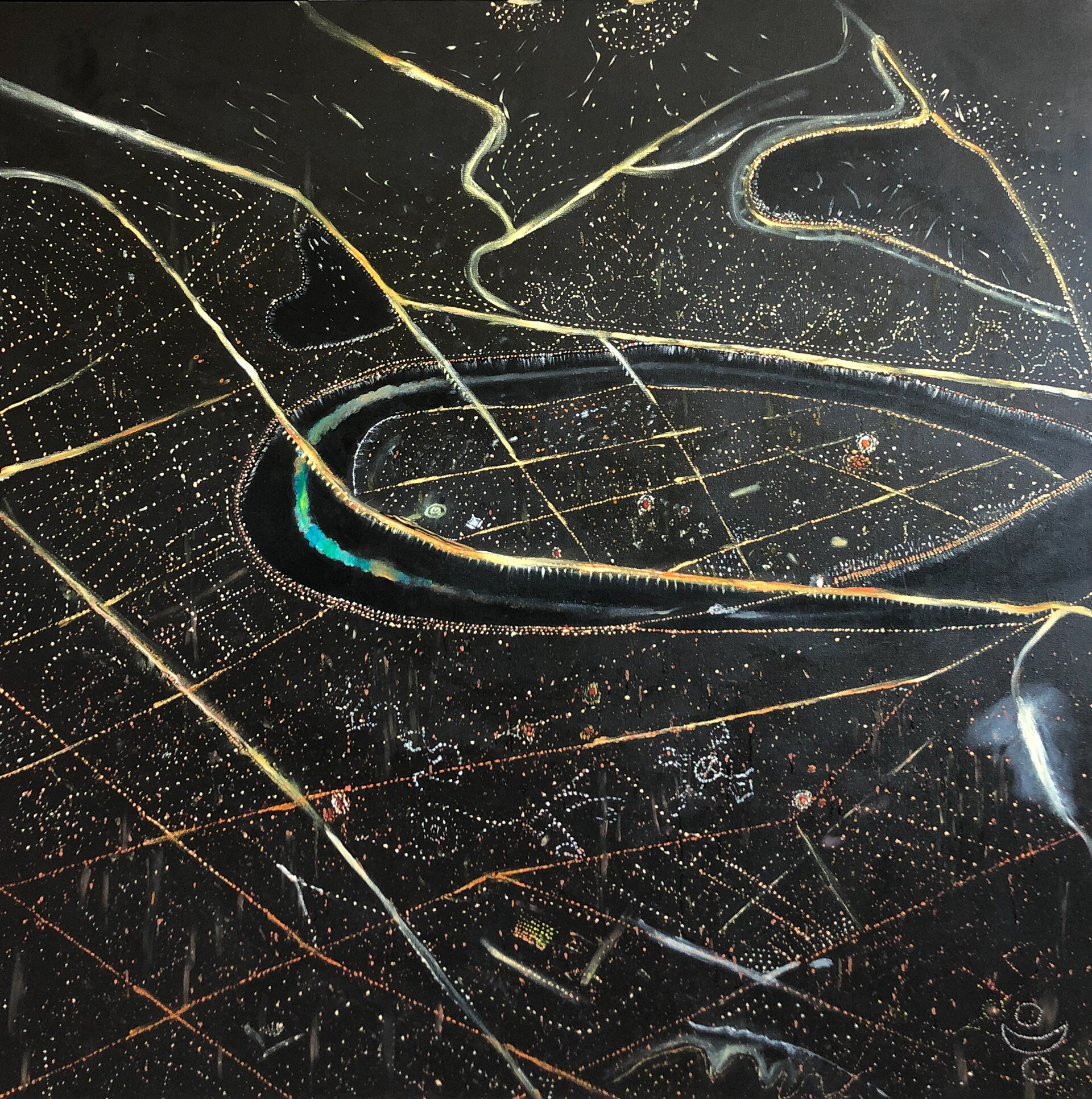
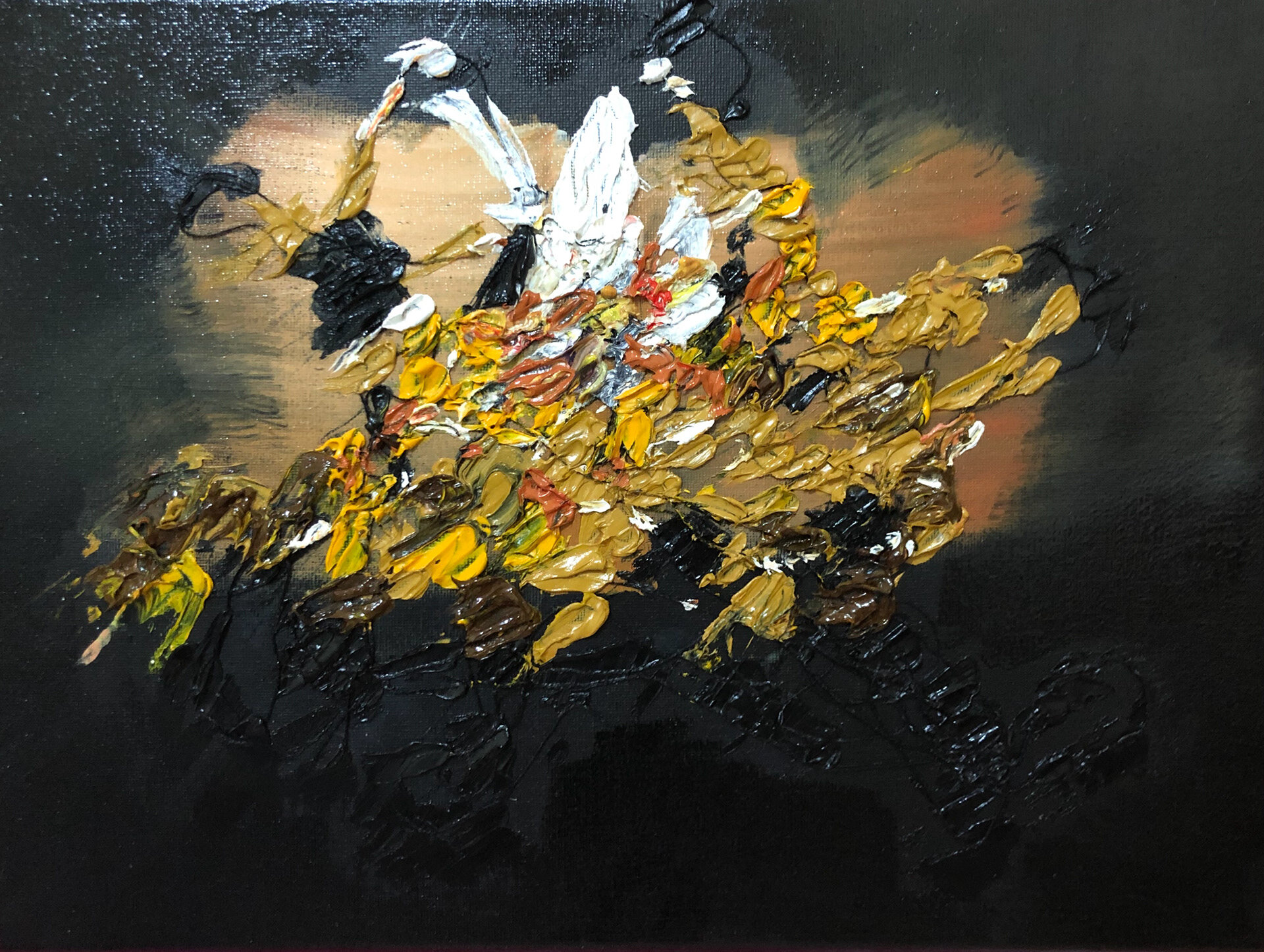
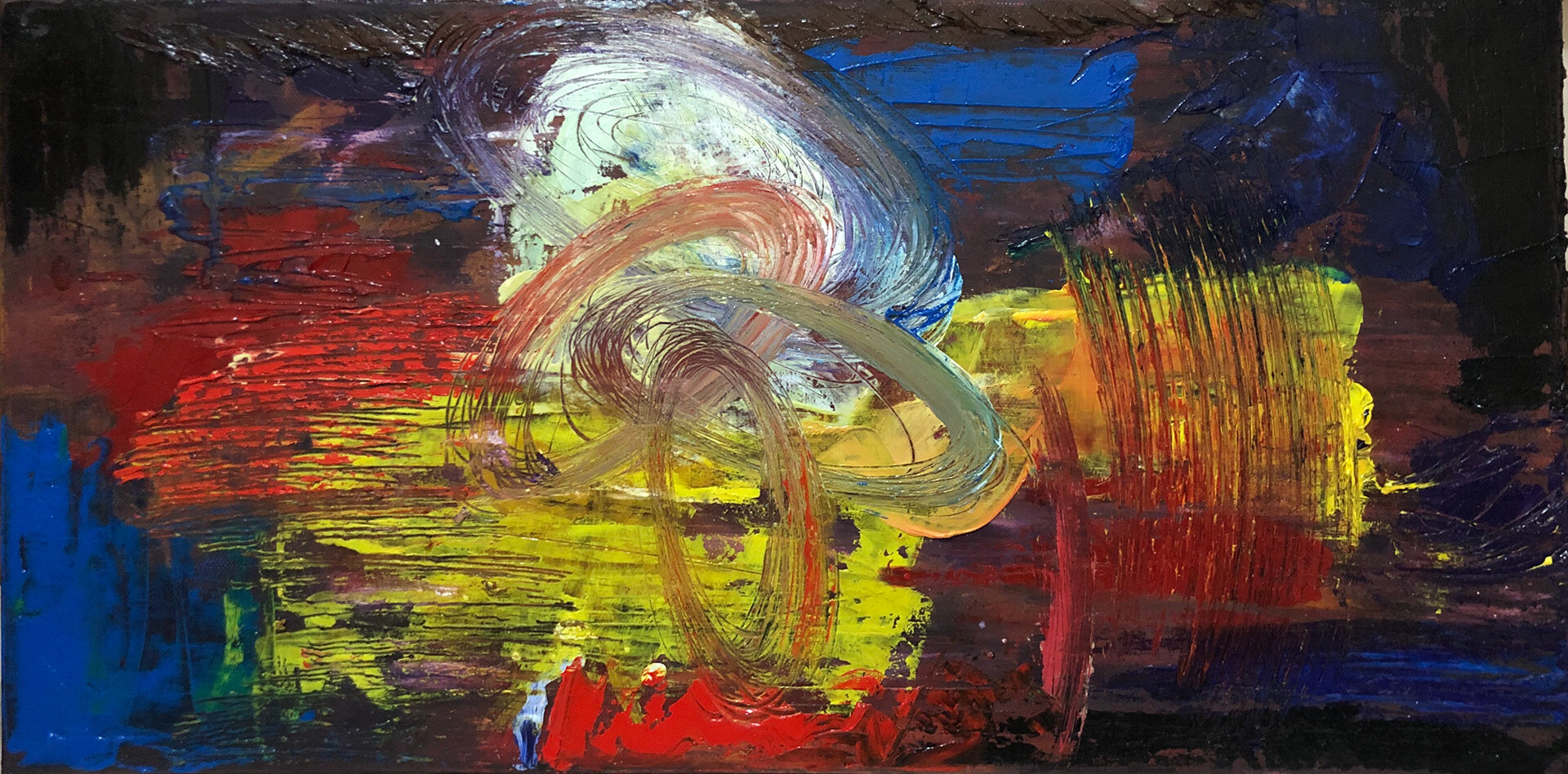
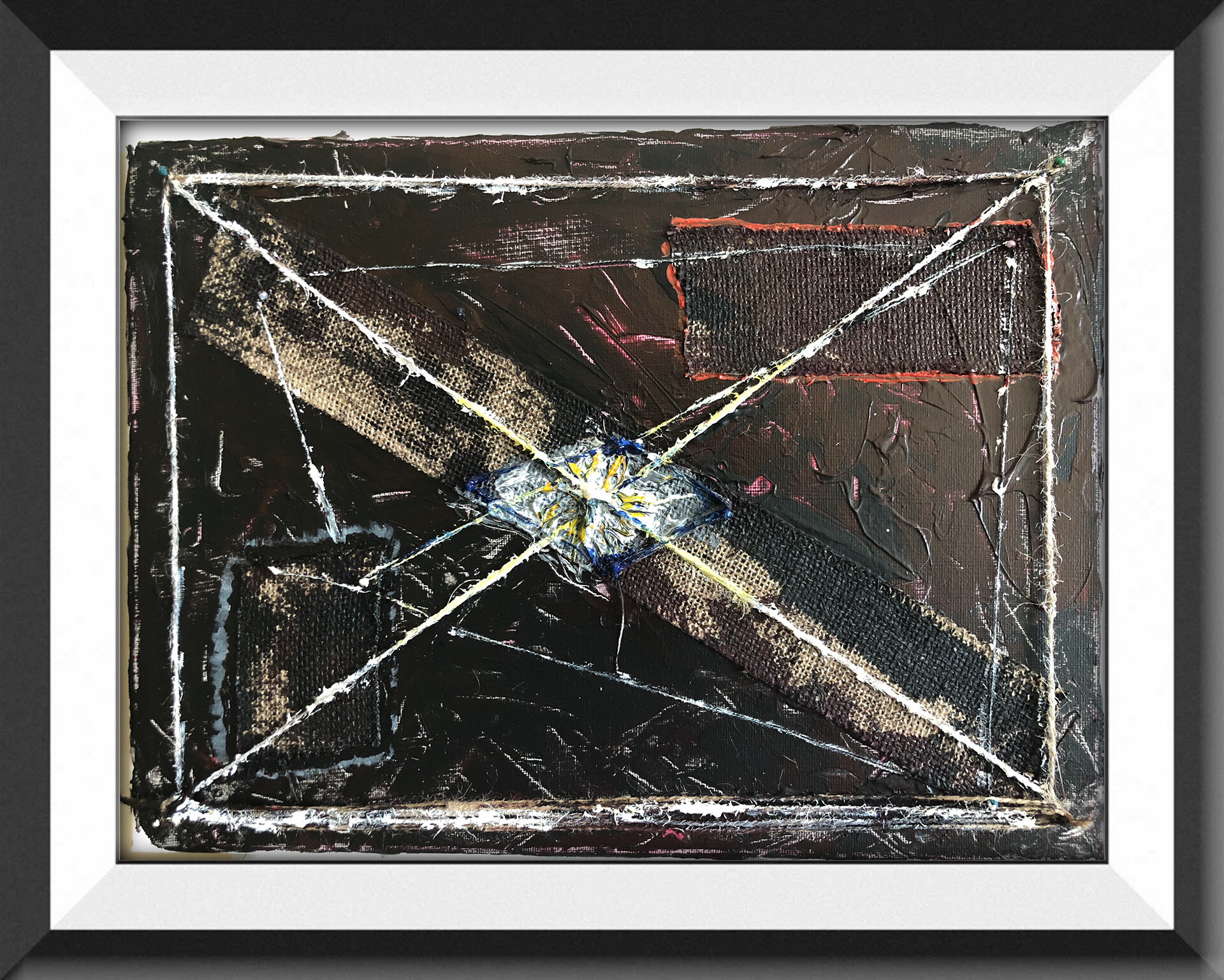
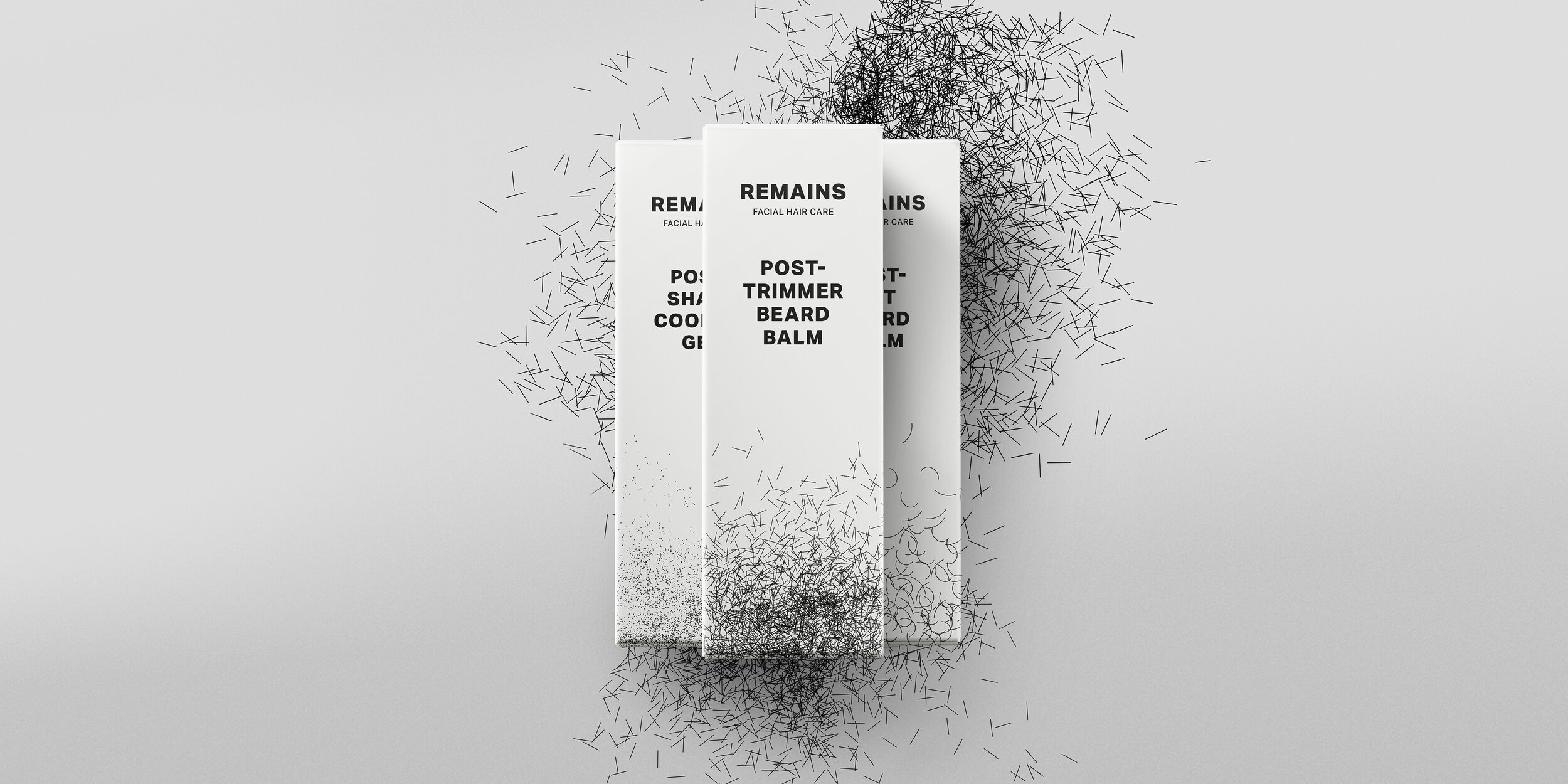
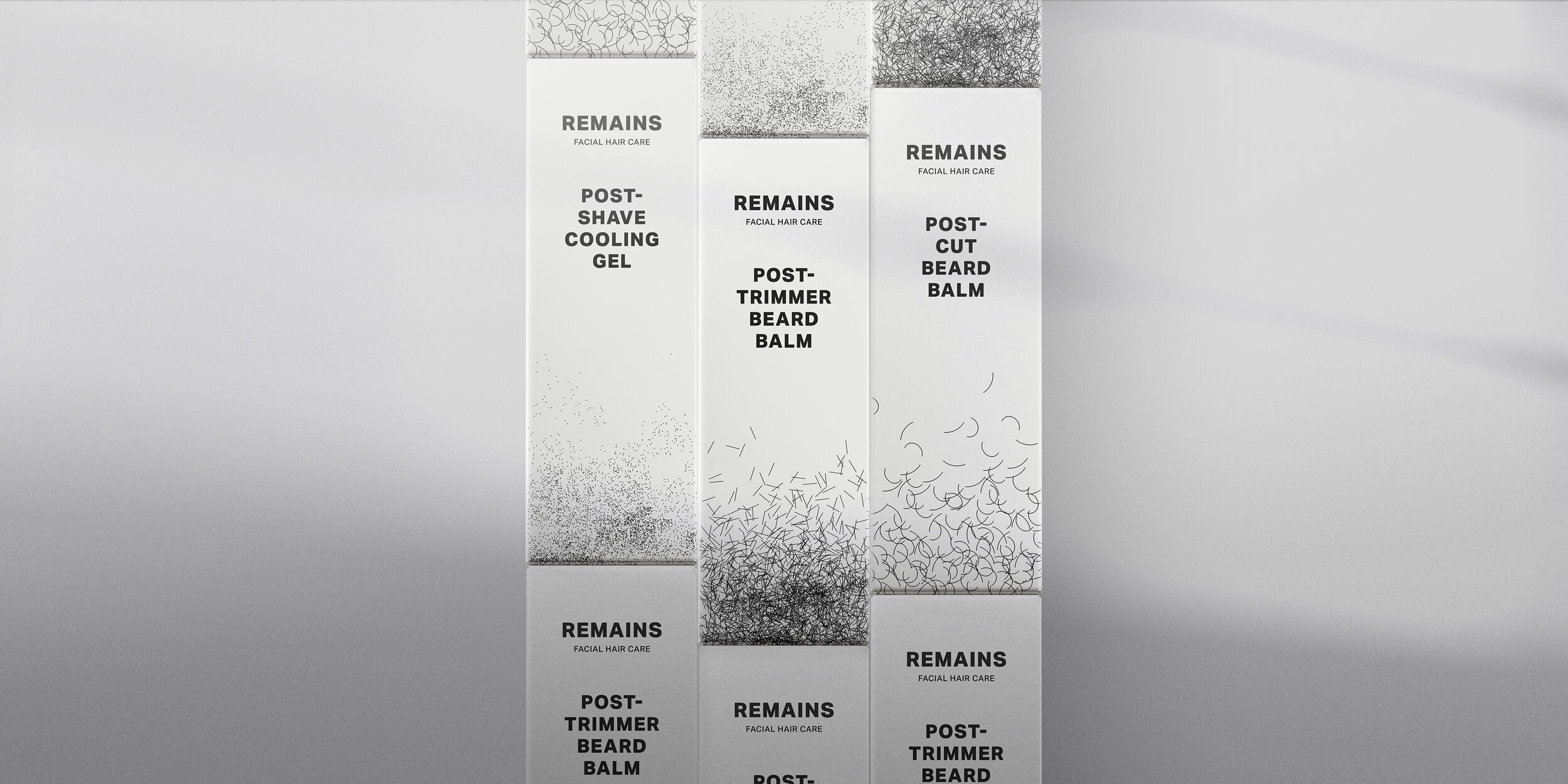
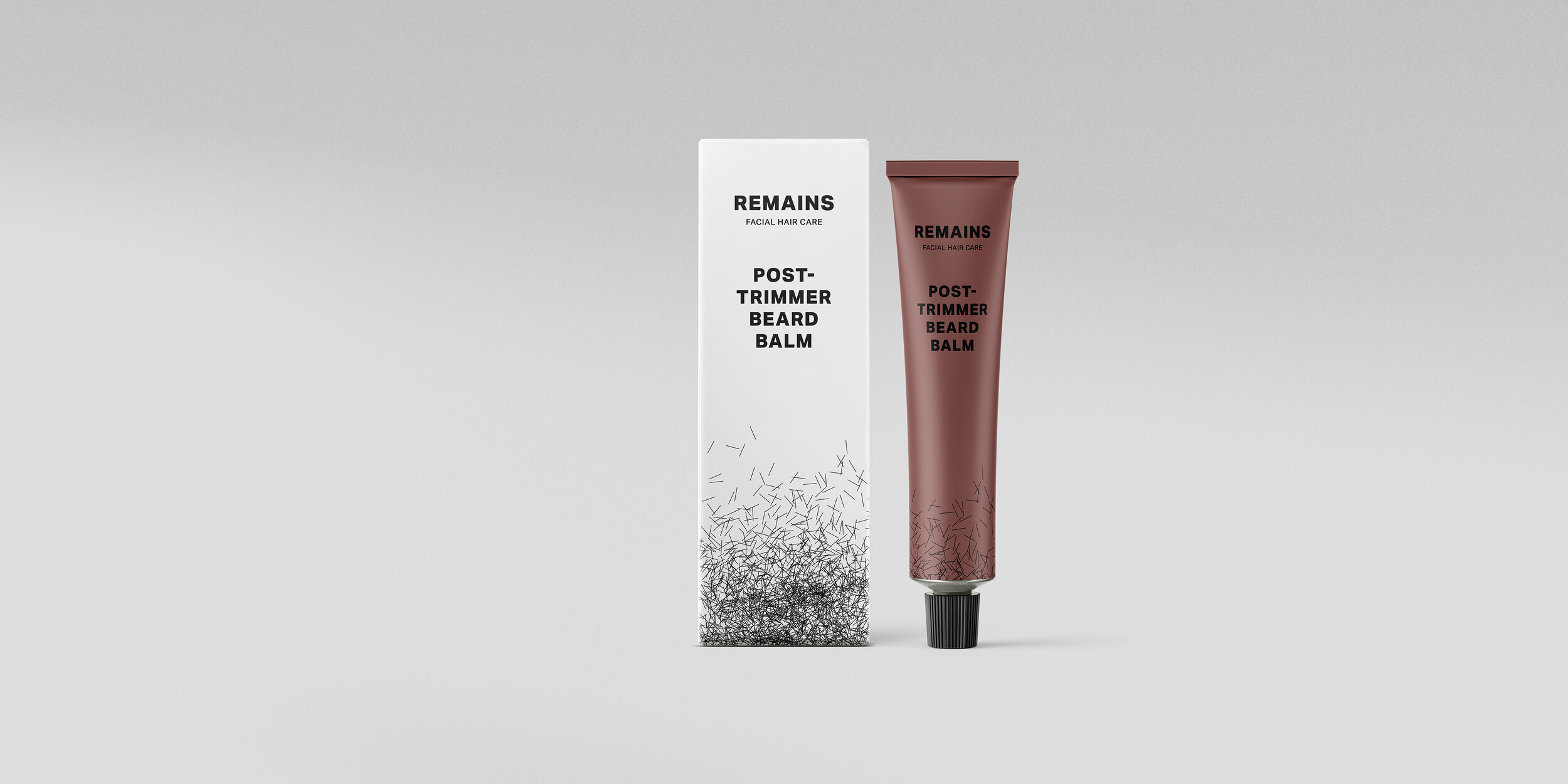
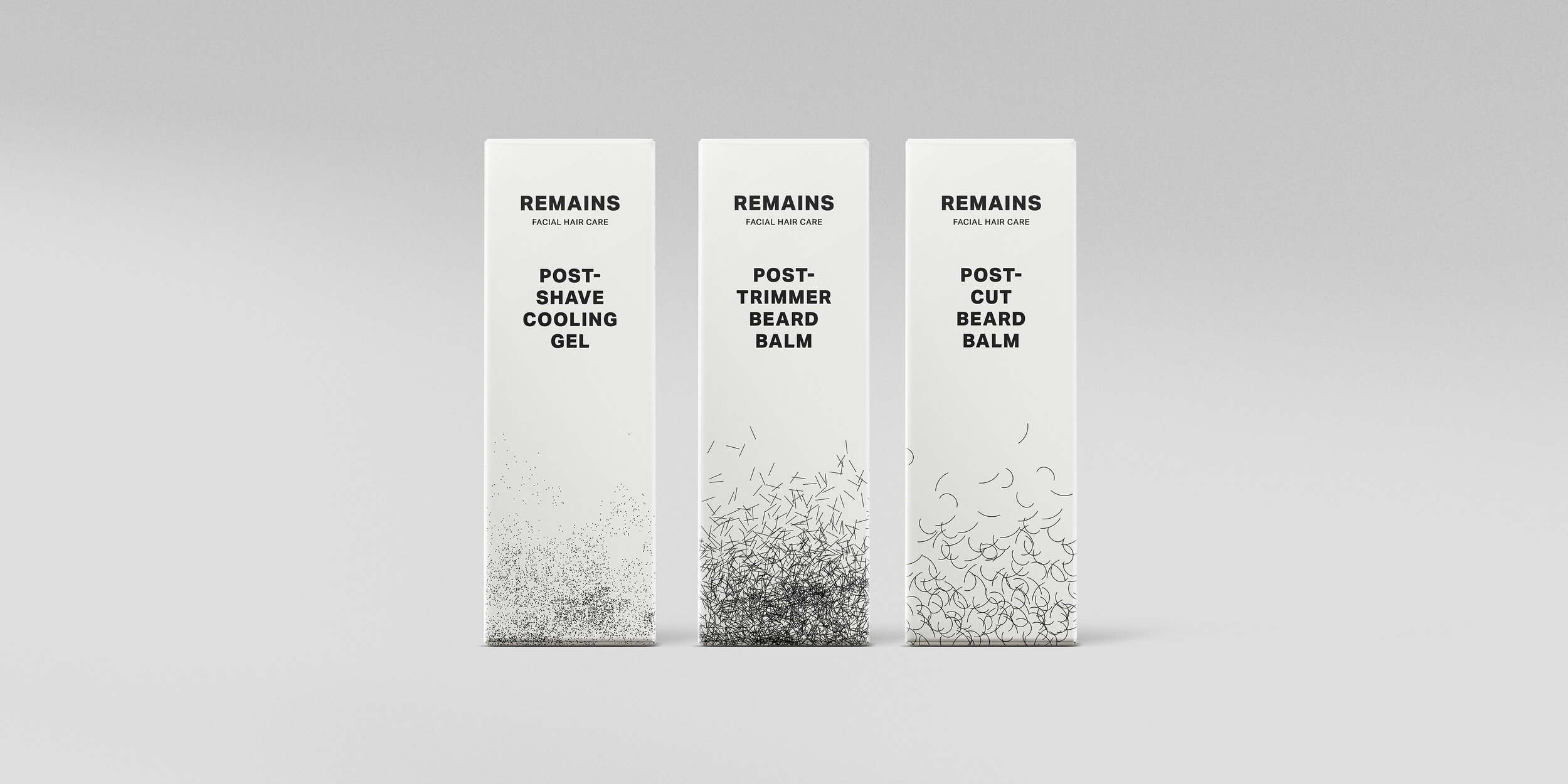
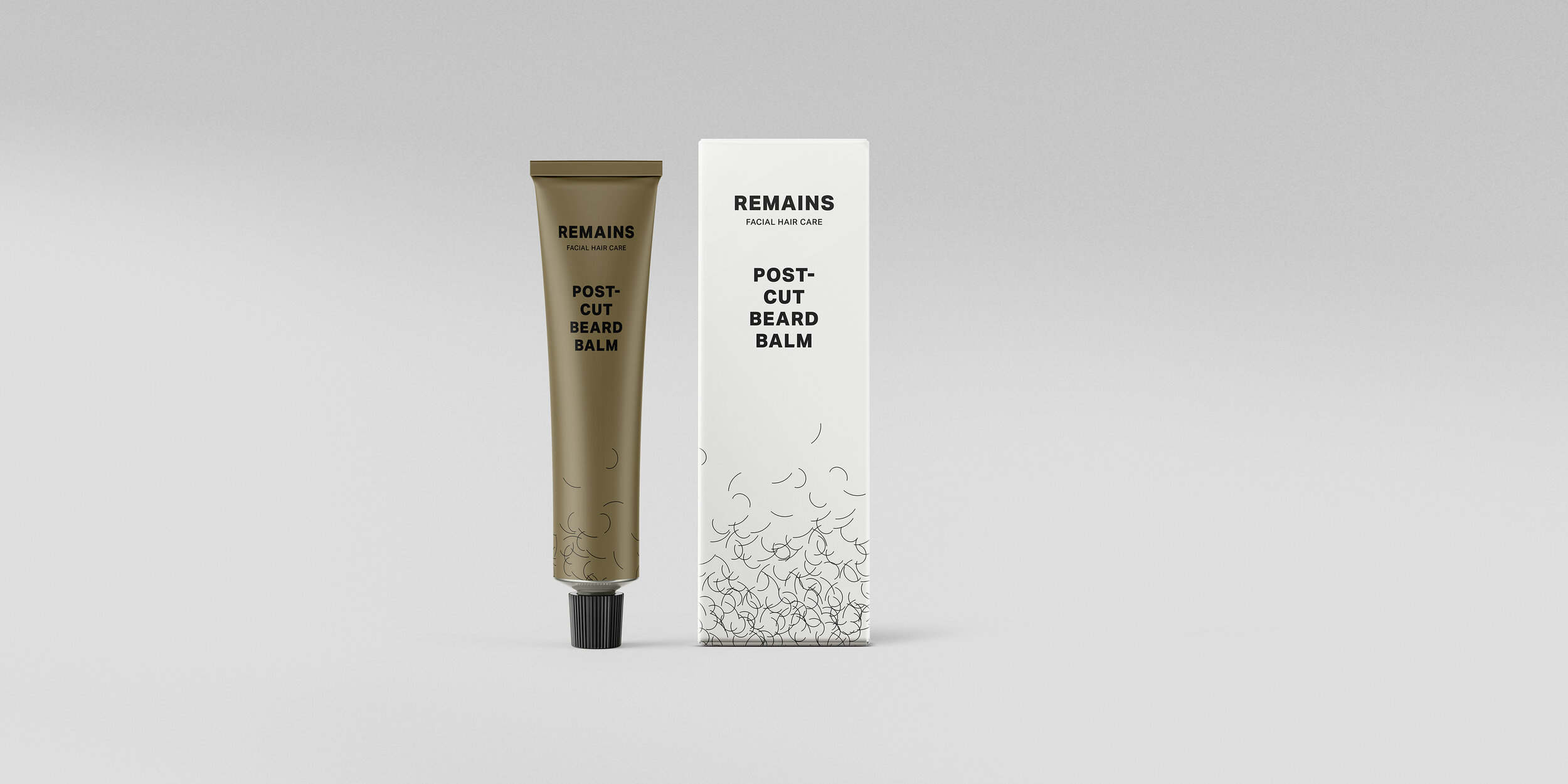

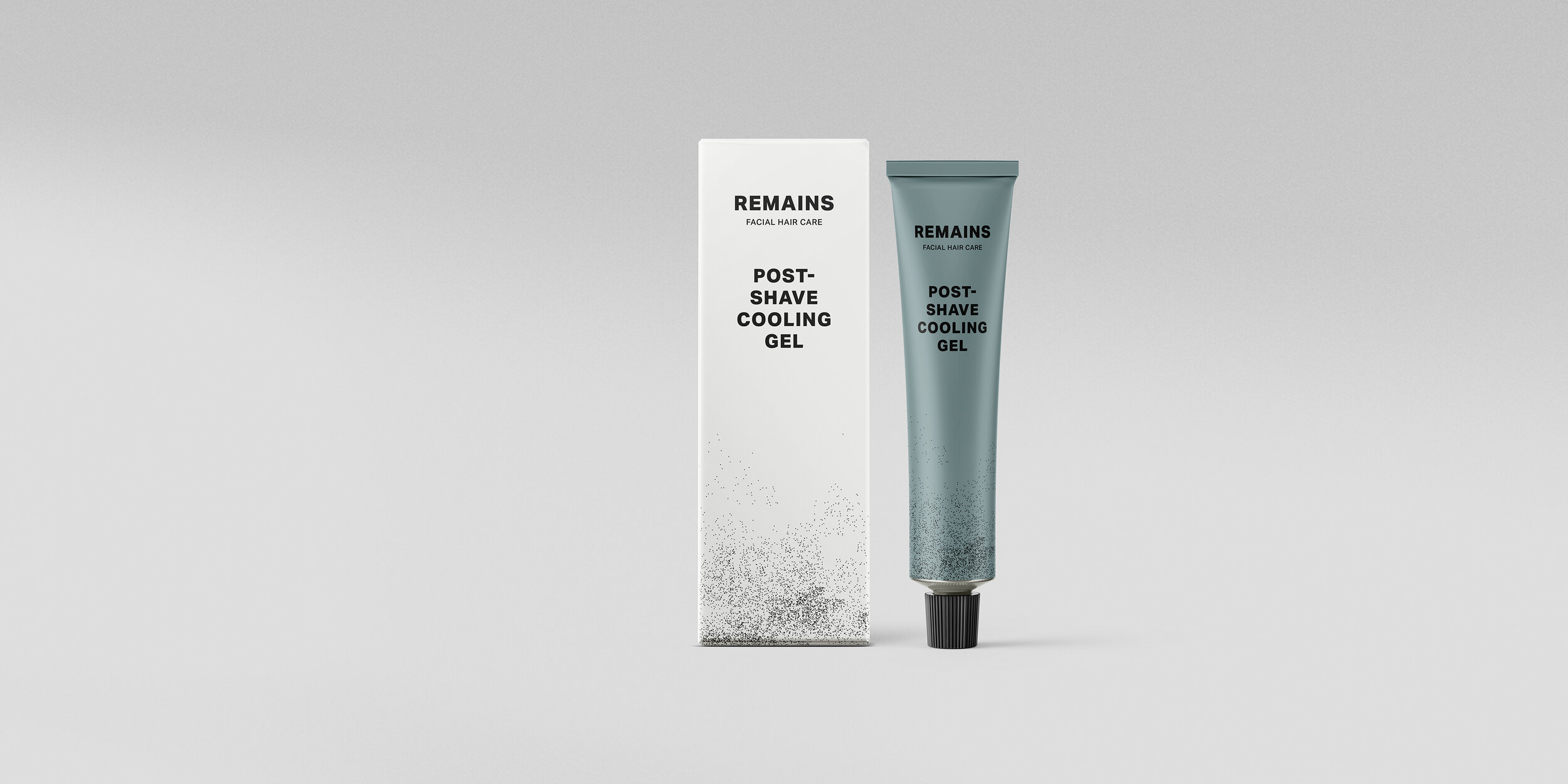
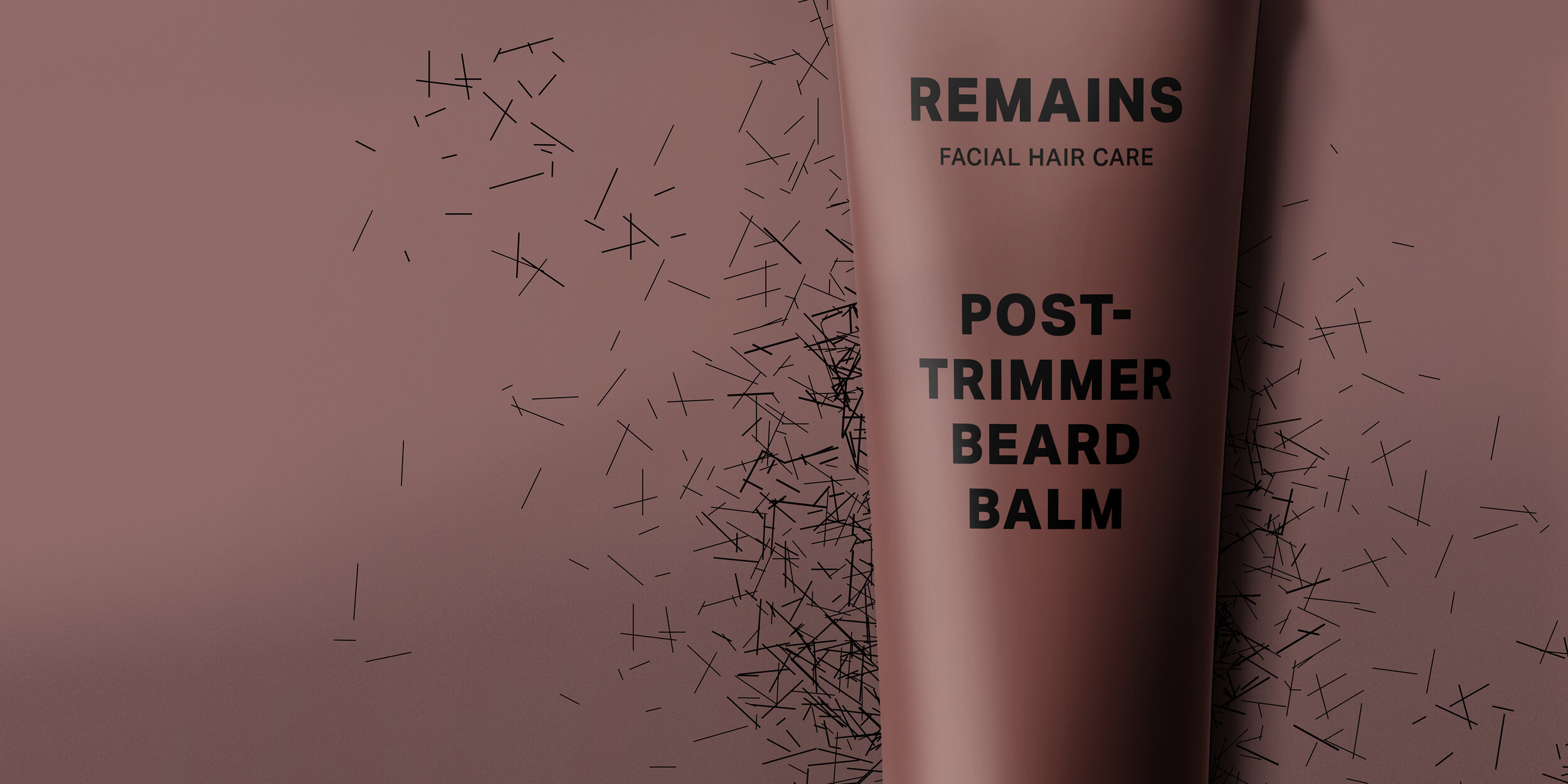
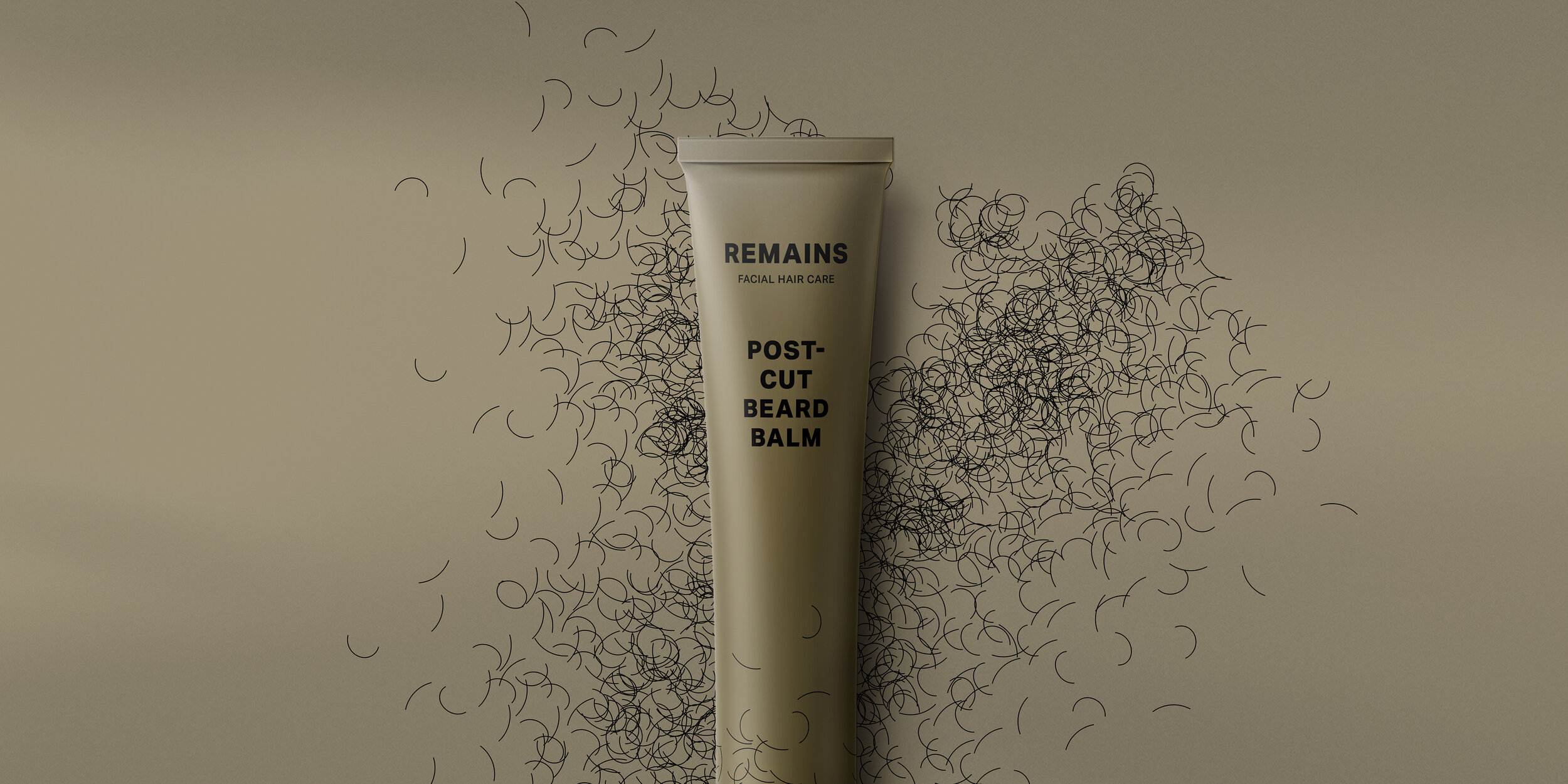

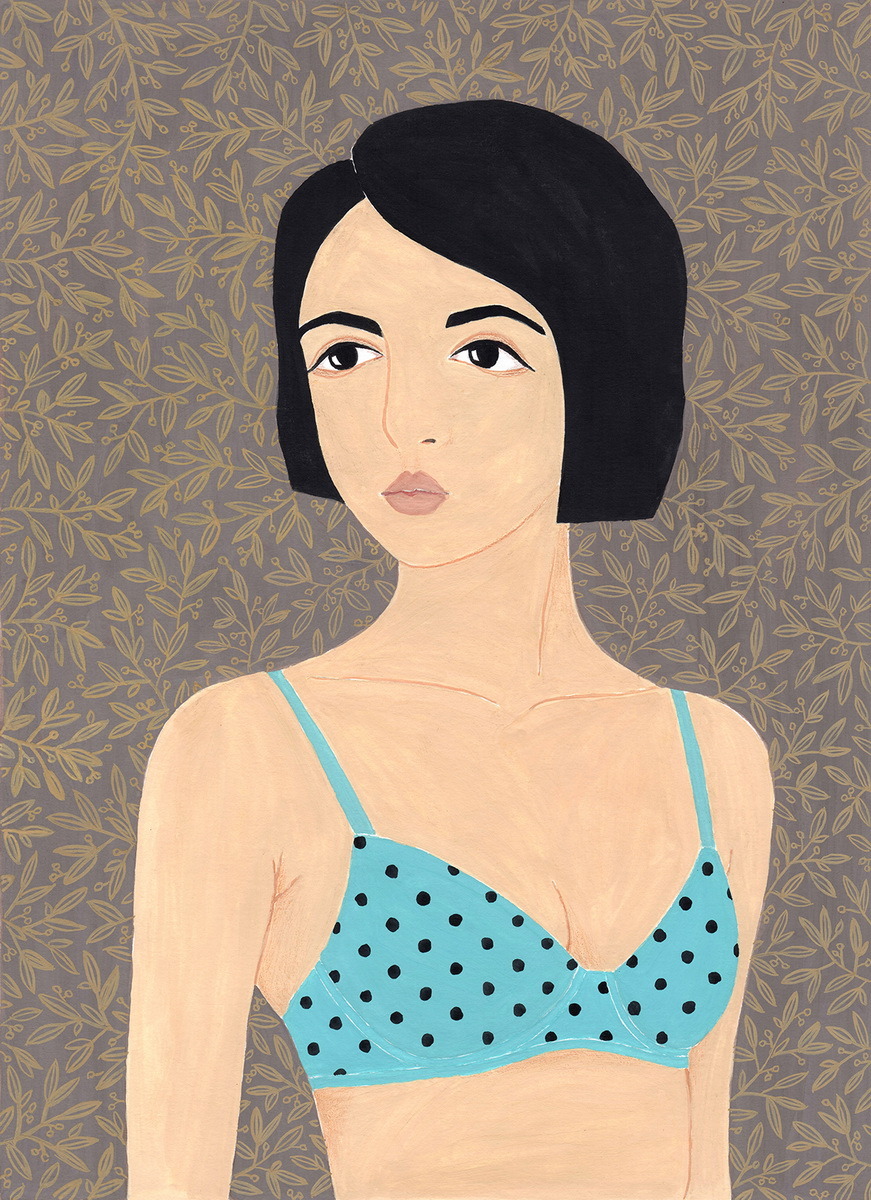
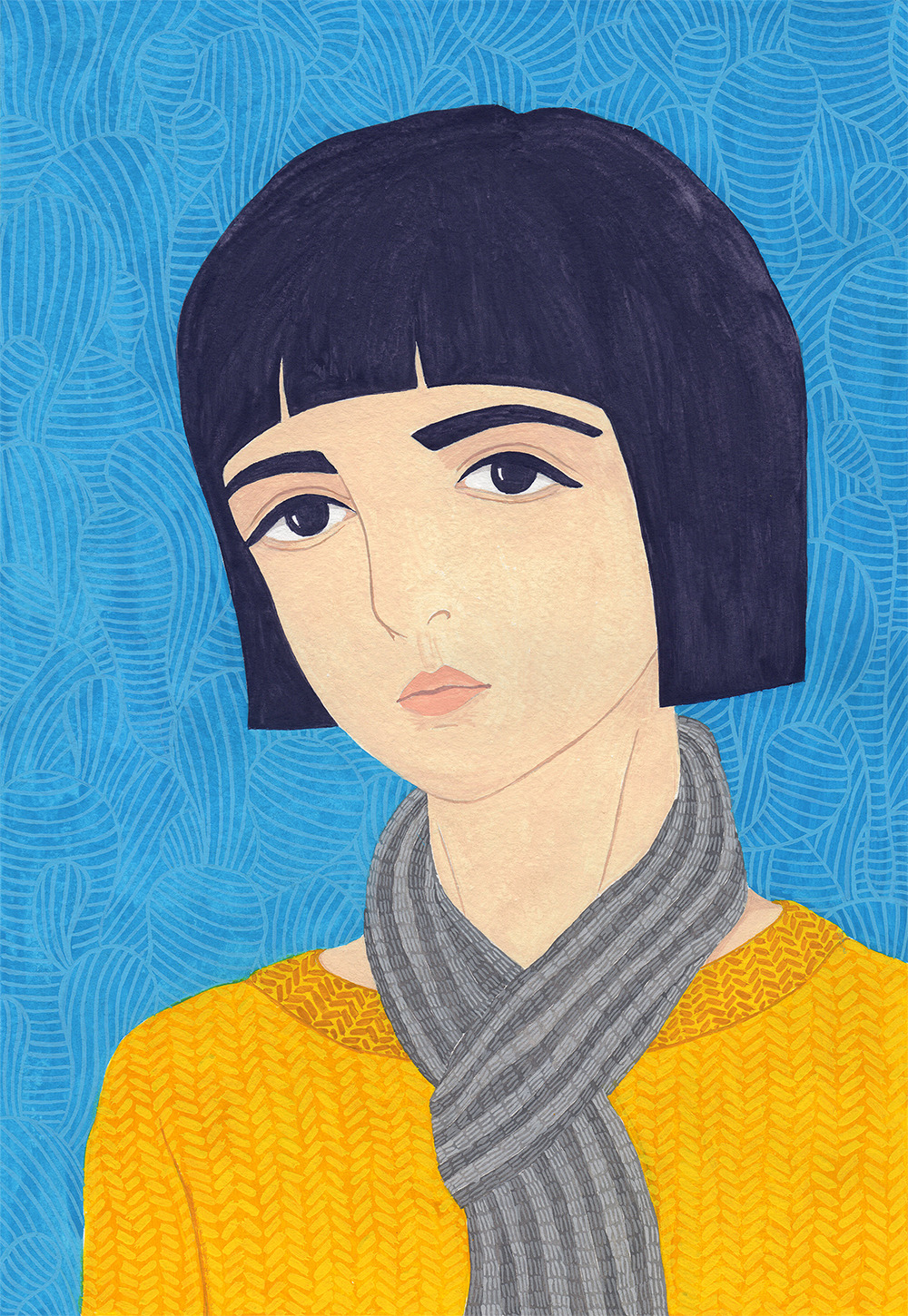
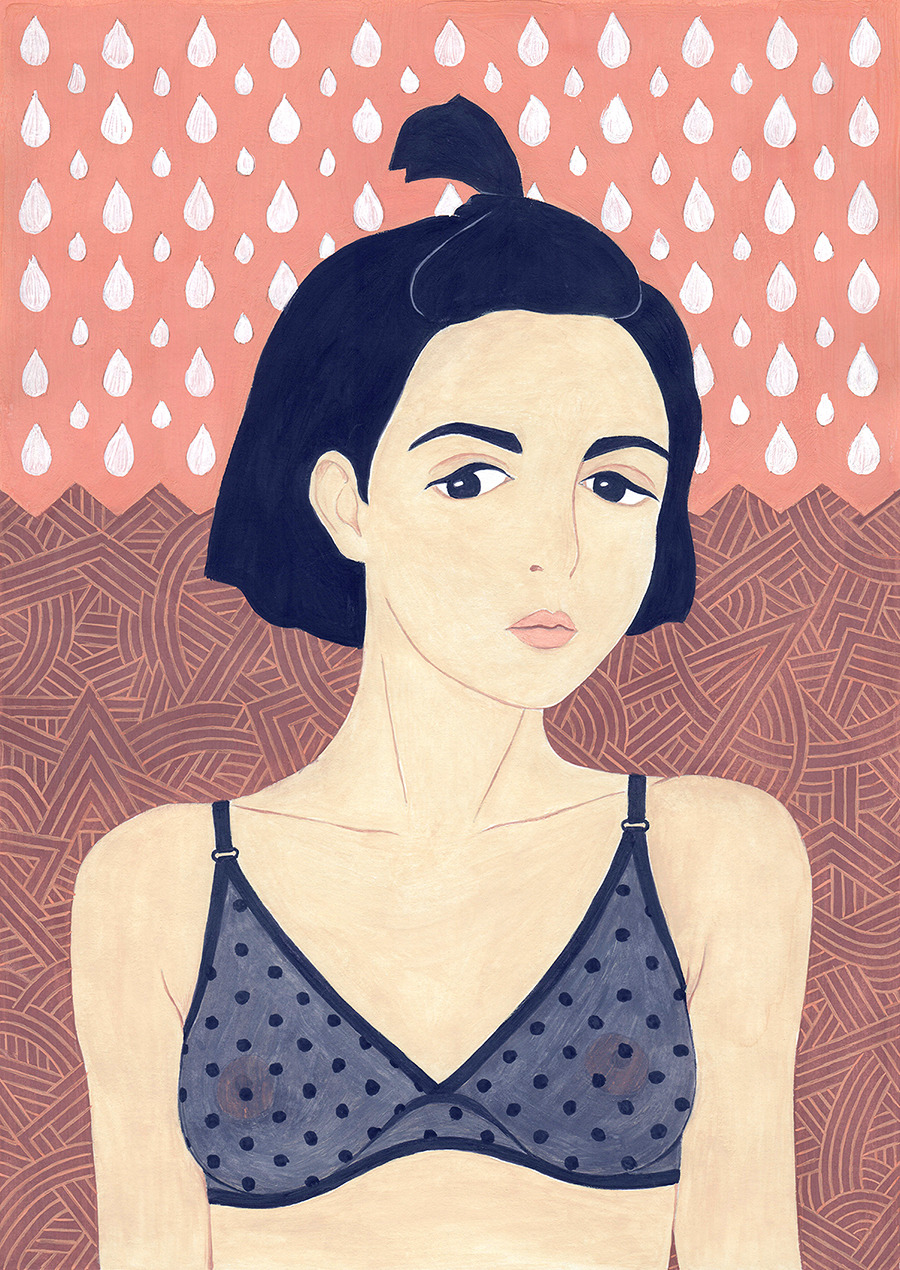
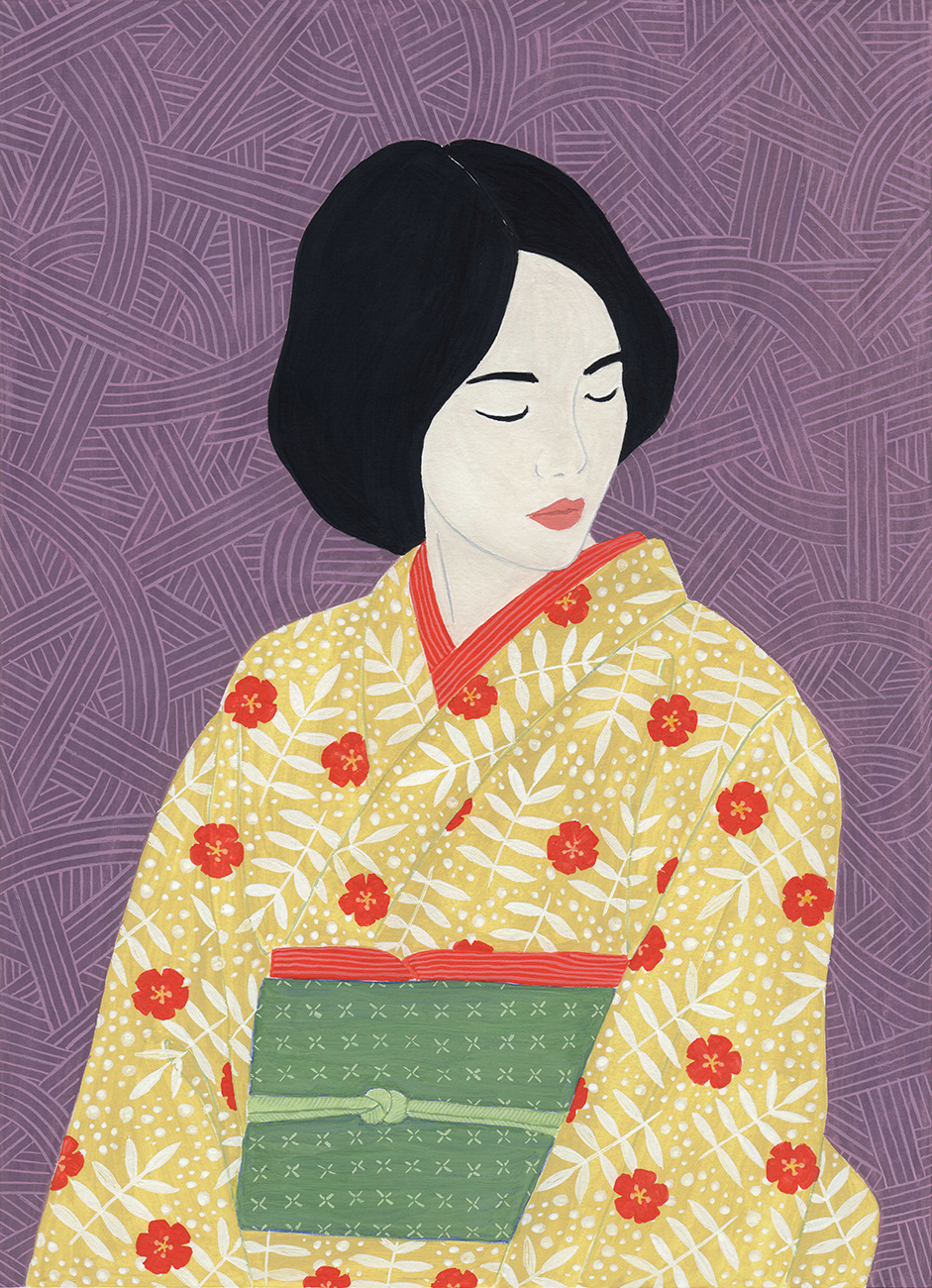
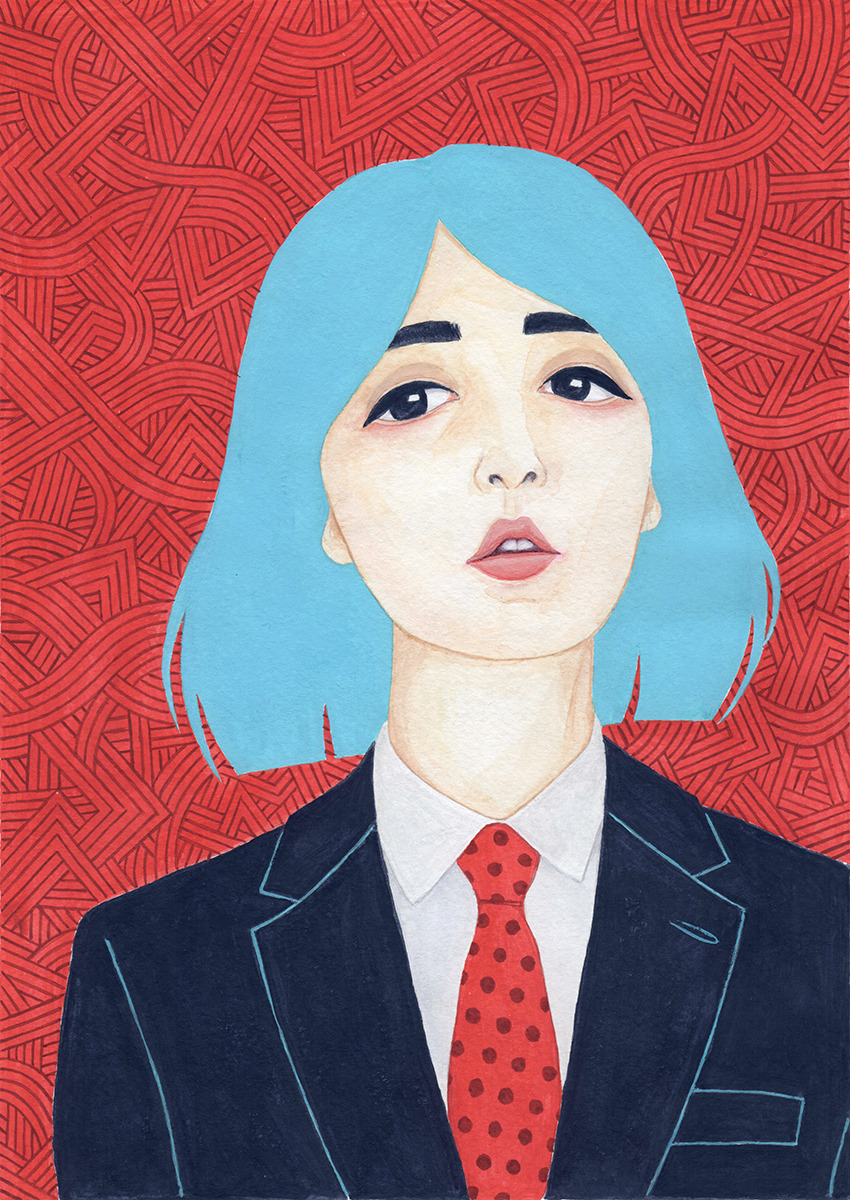














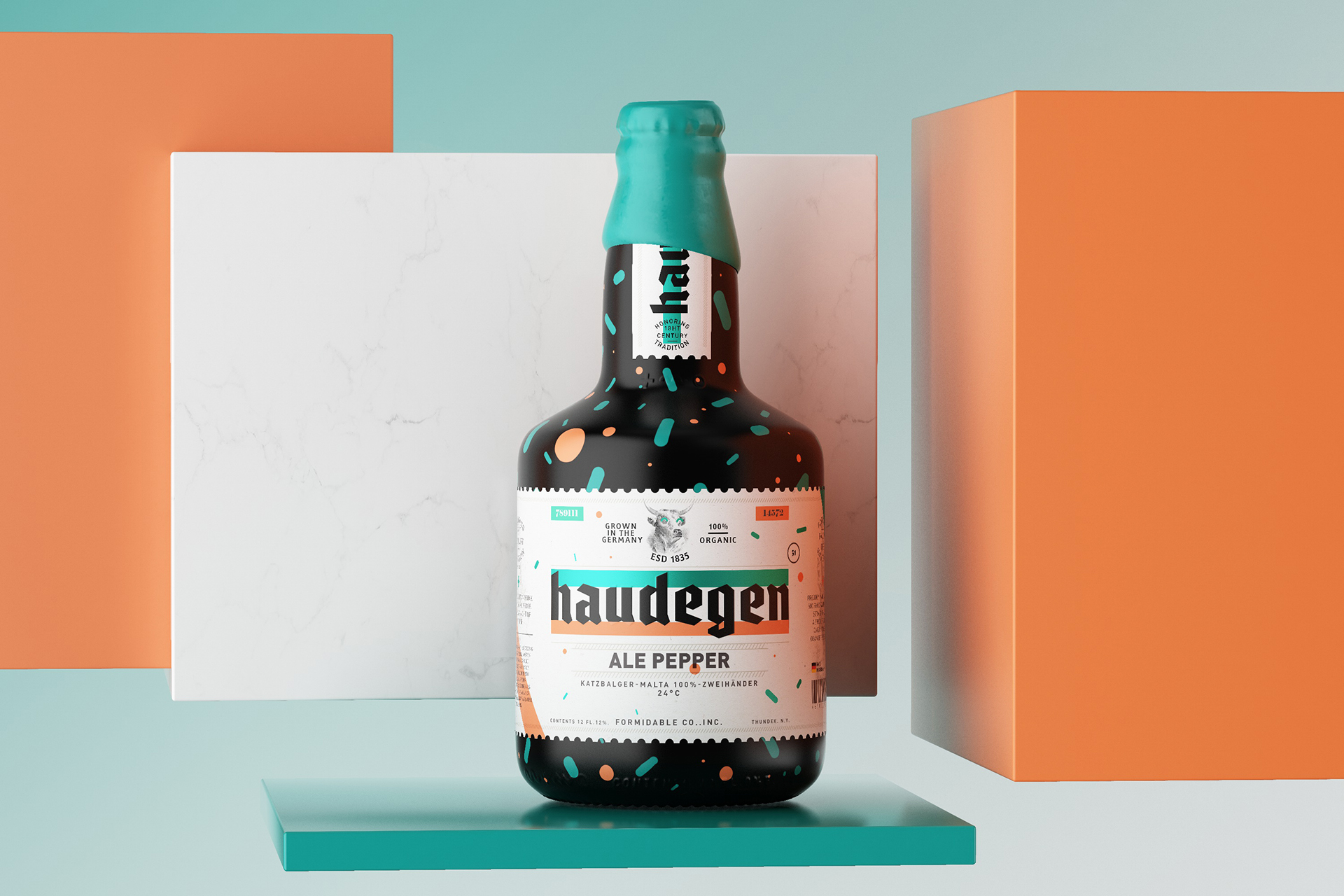




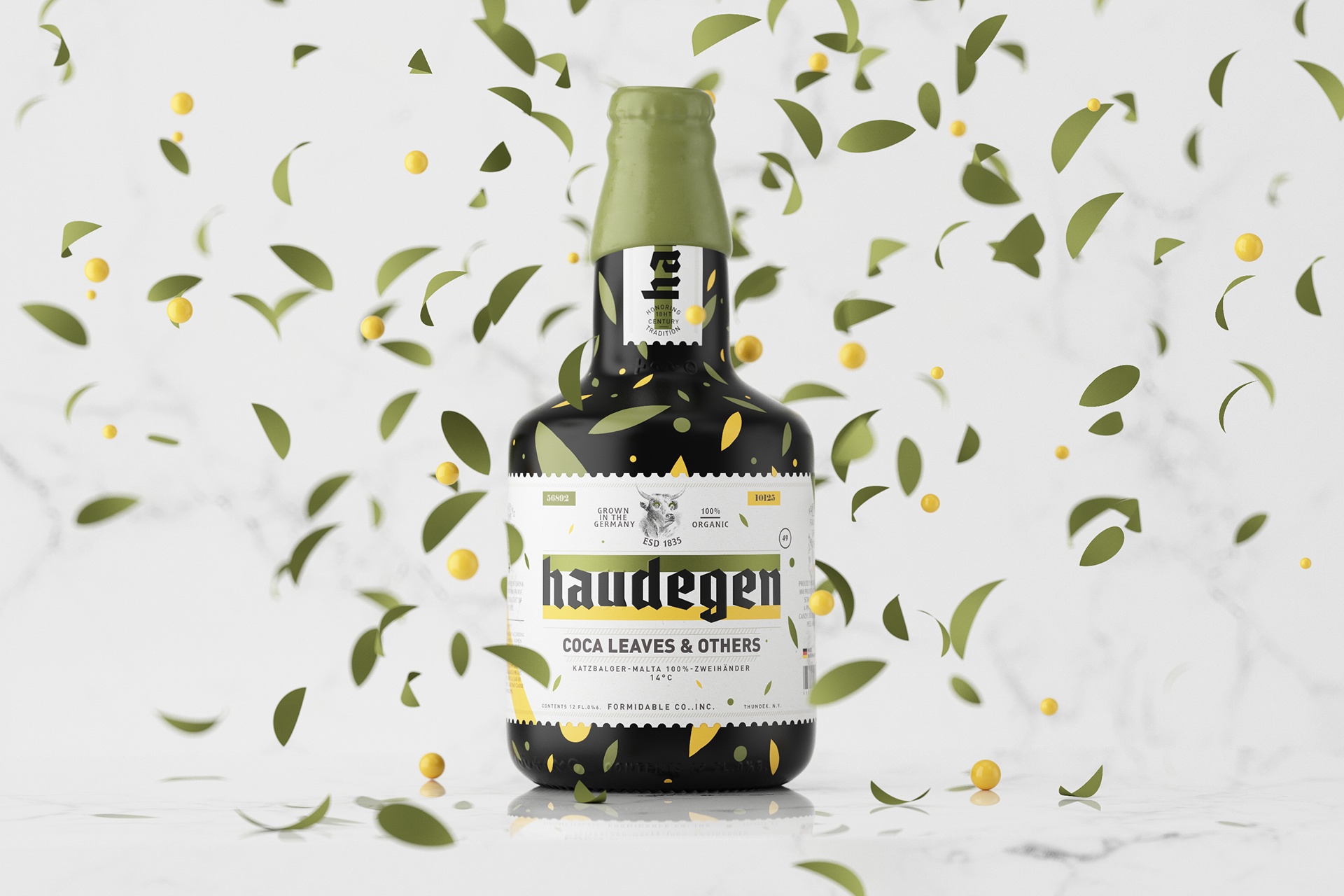



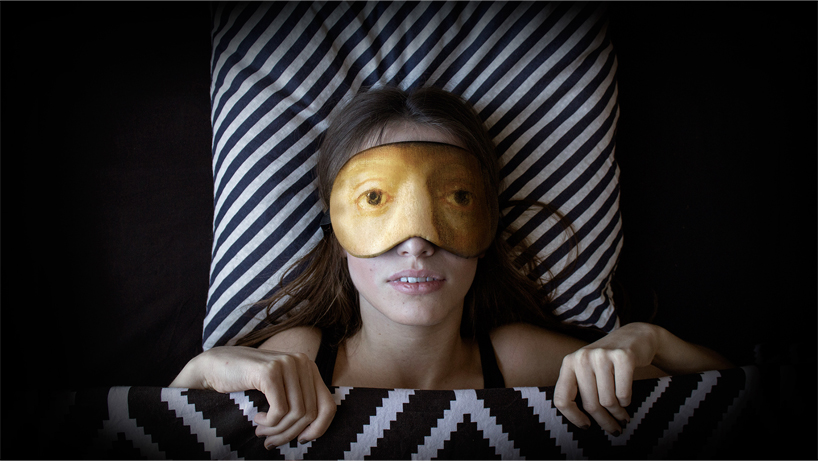



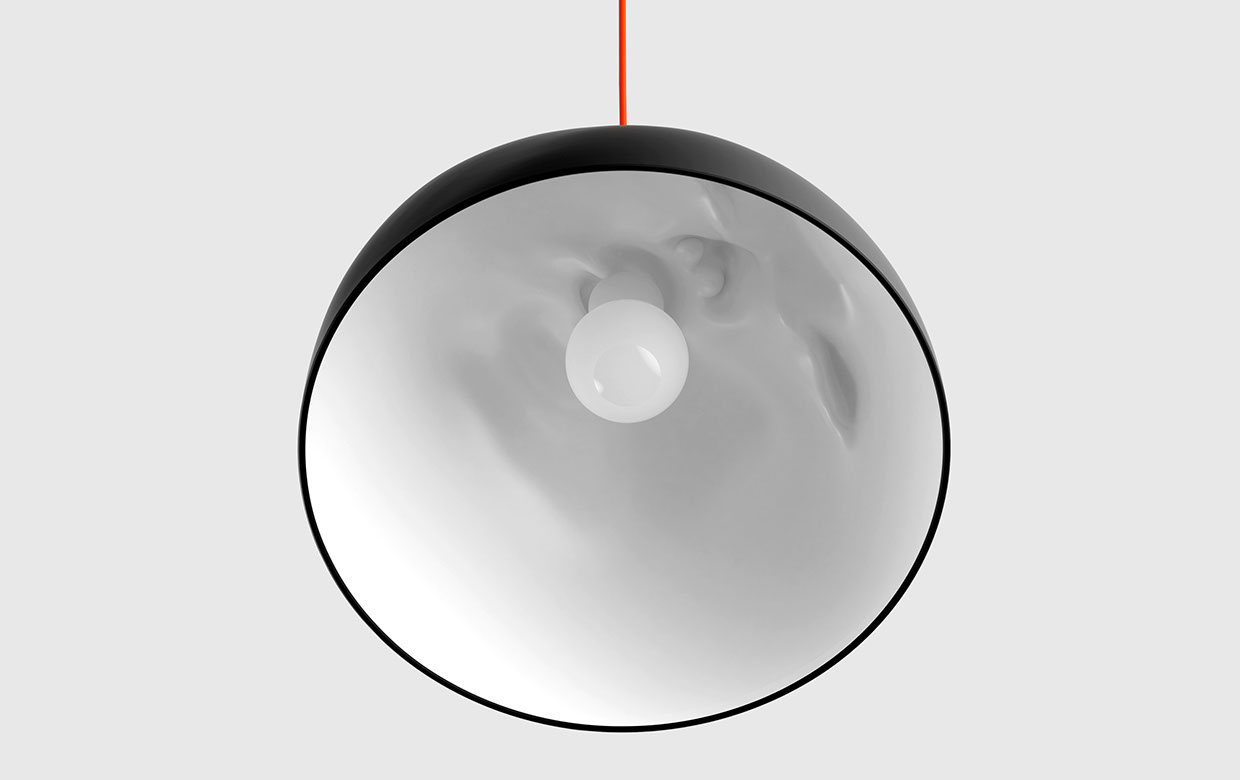
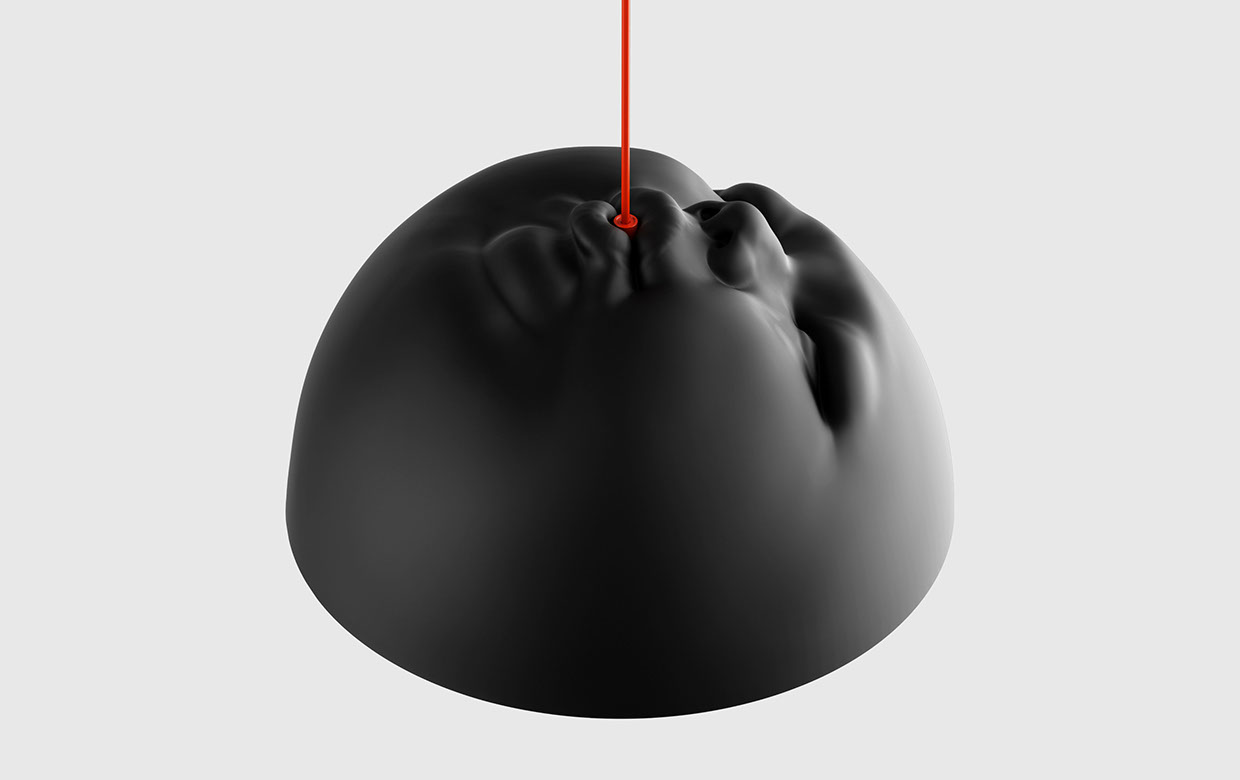
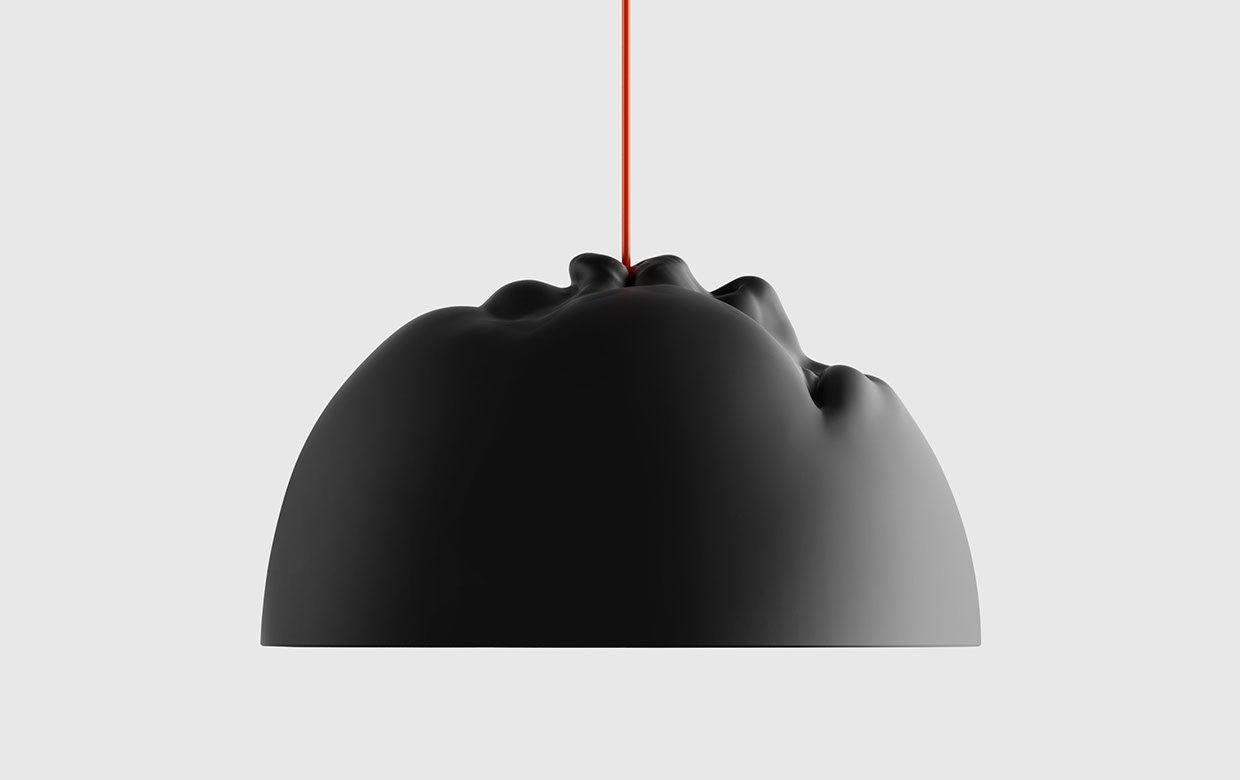
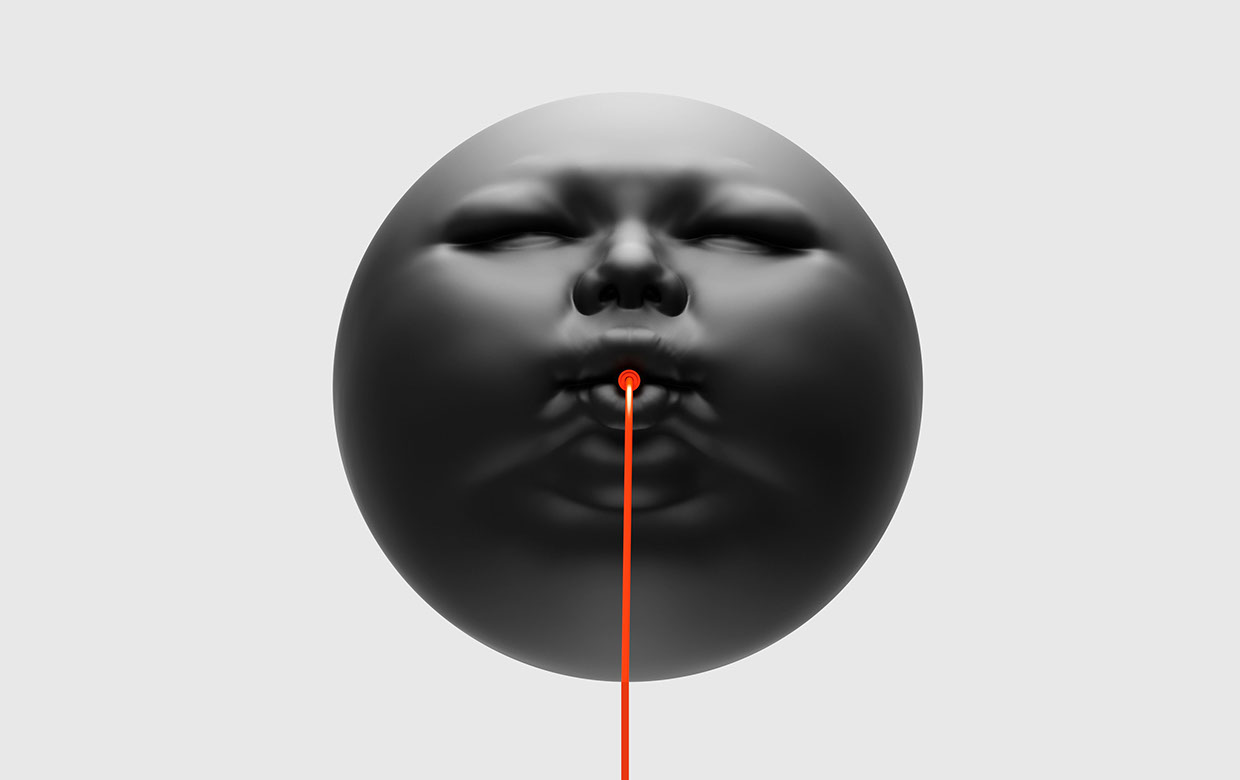





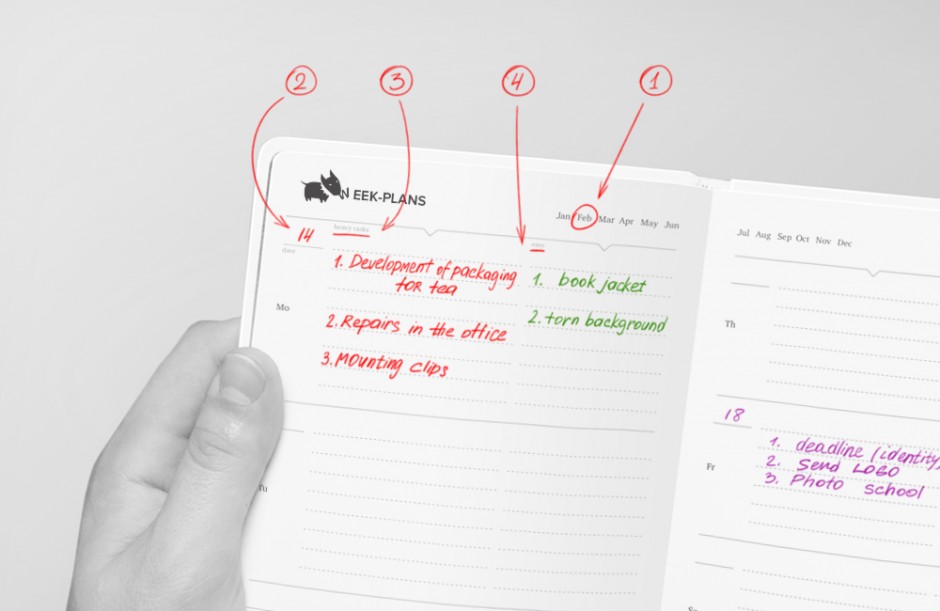











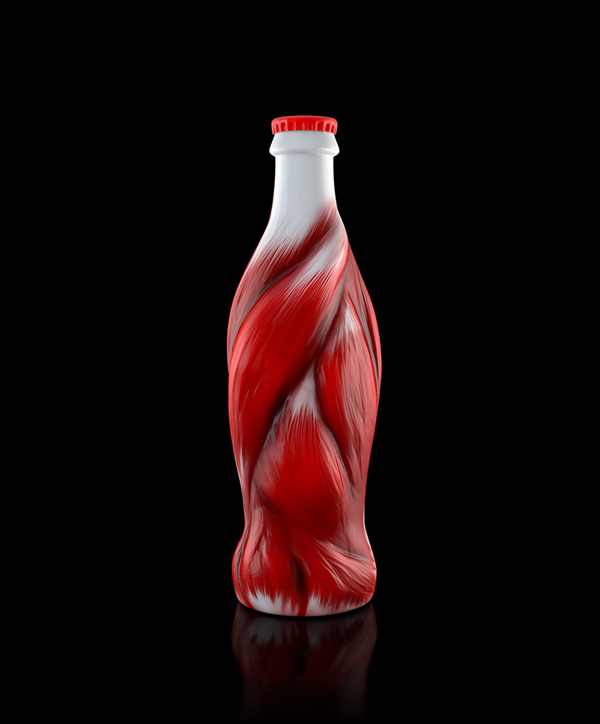
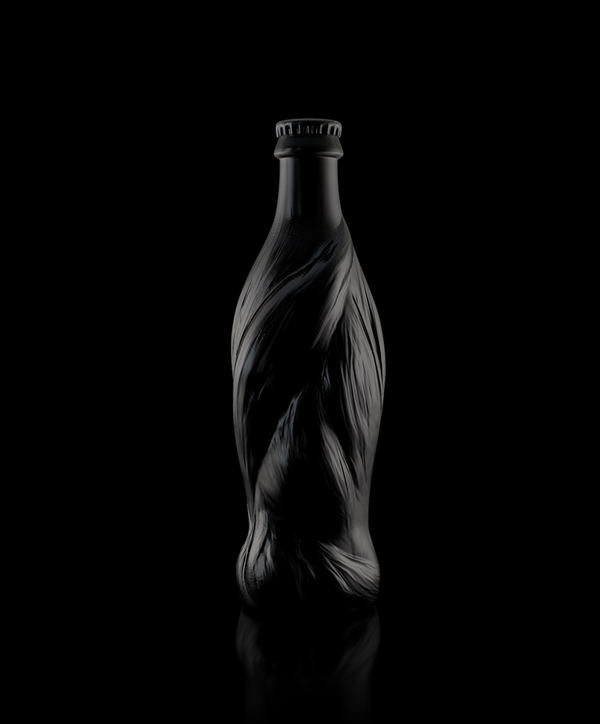
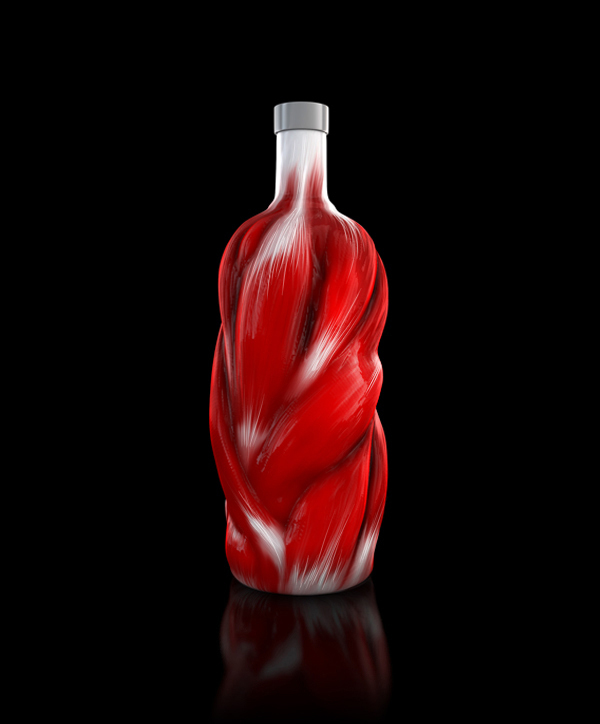
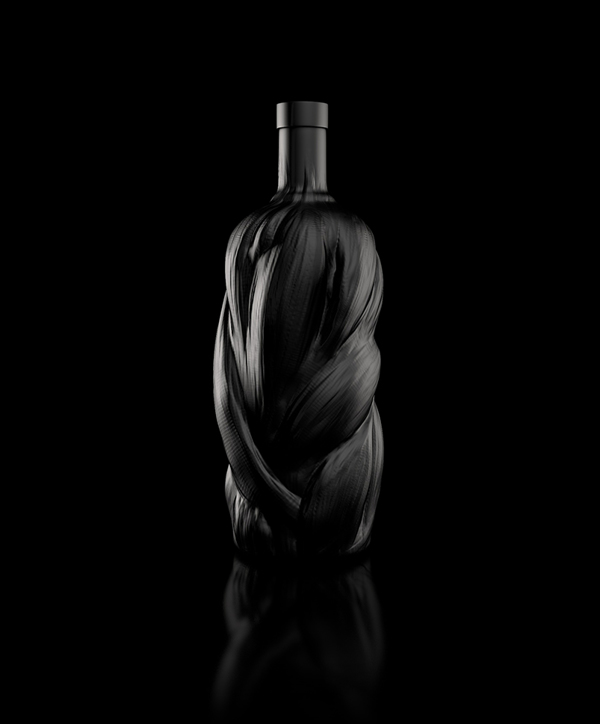
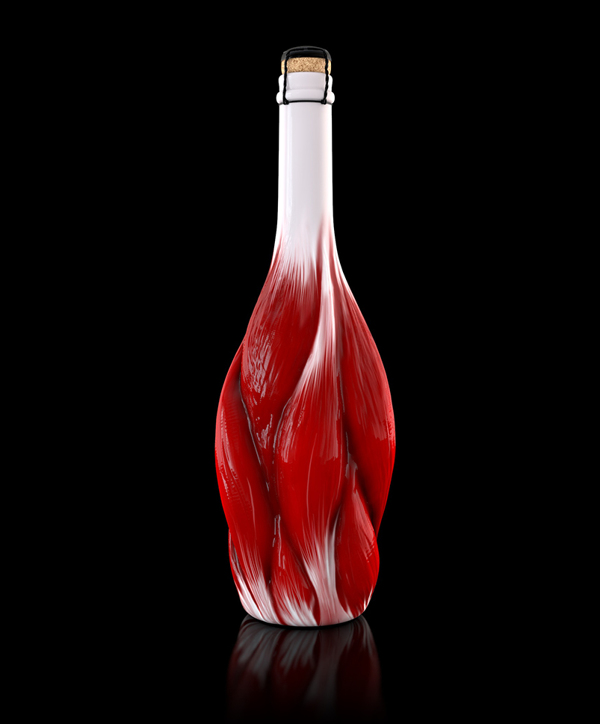
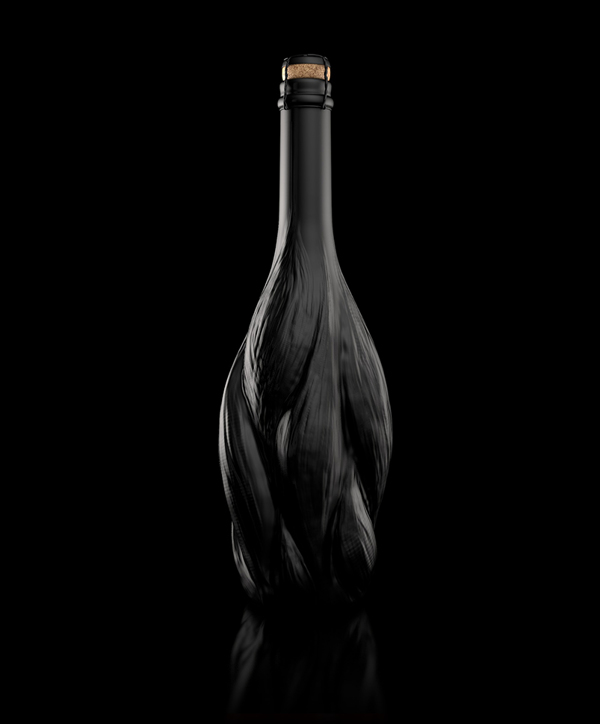
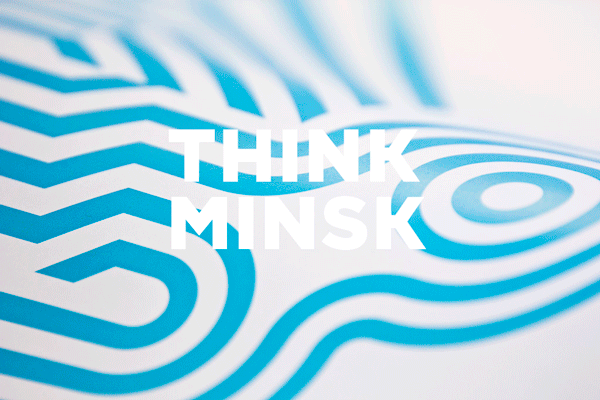
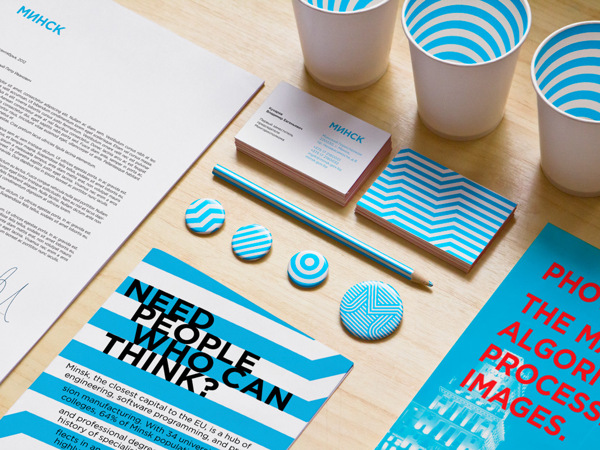

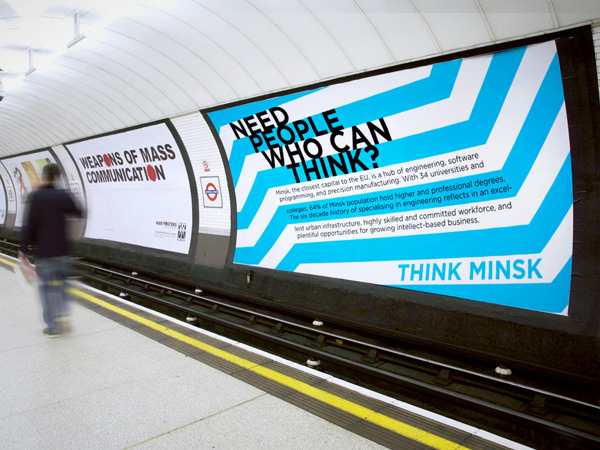
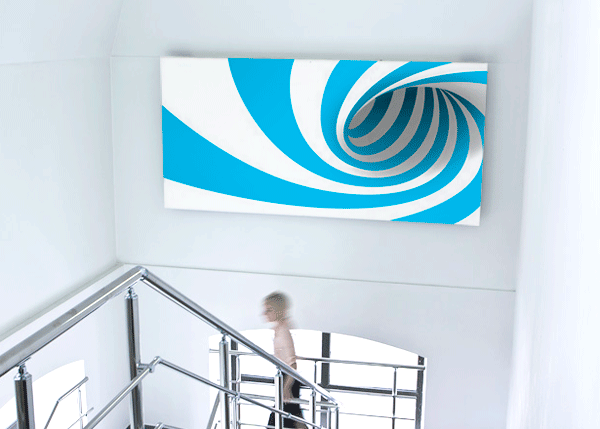
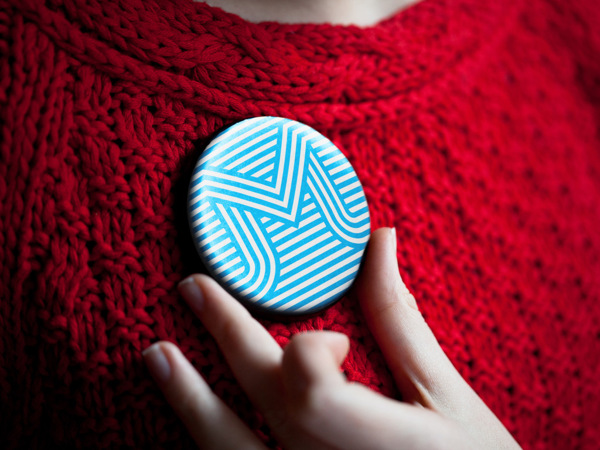




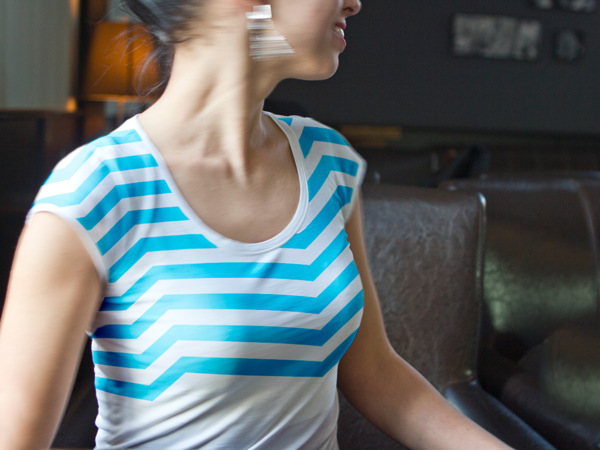
 Minsk based Belorussian artist Sasha Ushkevich uses paper, pencil and eraser to create captivating portraits.
View full series
Minsk based Belorussian artist Sasha Ushkevich uses paper, pencil and eraser to create captivating portraits.
View full series 








